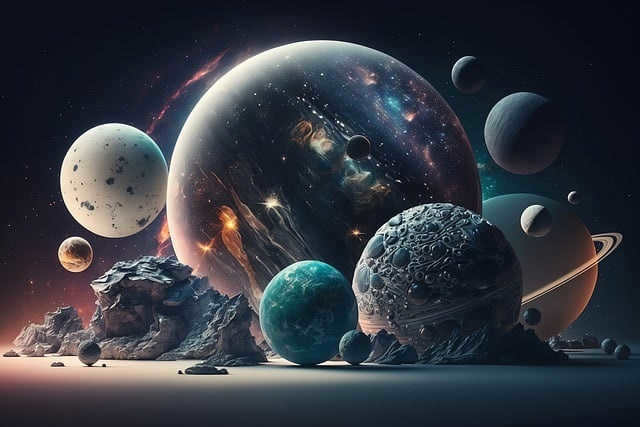
The structure of the solar system is planetary in nature, consisting of a main star known as the Sun, as well as eight other planets. Almost every planet within the solar system has its own satellite, which can be described as a small celestial body.
Understanding Satellites
Before providing a precise definition, it is important to note that many planets within the solar system have two distinct groups of satellites:
- Natural satellites, which have formed over the course of many years through natural processes and evolution.
- Artificial satellites, which are special spacecraft deliberately sent into the planet’s orbit for scientific purposes.
Natural satellites are celestial bodies of small size. They are held in orbit by the gravitational forces of the planet they revolve around. One interesting characteristic of these satellites is that their rotation period matches the planet’s rotation period, giving the impression that they do not rotate on their own axis.
Artificial satellites, on the other hand, are spacecraft equipped for space exploration. Typically, these vehicles are utilized for studying planets from orbit and conducting specific observations.
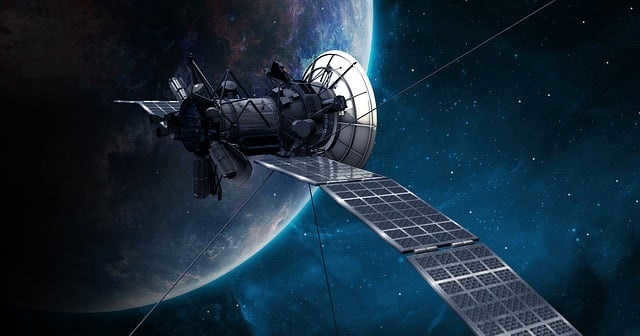
The Origins of Satellites in the Solar System
There are numerous theories surrounding the origins of space satellites. To date, no theory has gained definitive priority due to the absence of indisputable evidence.
One prominent theory that is currently being actively researched suggests that some natural satellites may have formed as a result of planetary explosions or partial fragmentation. For instance, proponents of this theory propose that the moon was once a part of Earth that broke away. They argue that its spherical shape was acquired over time through evolution and constant rotation, as well as its interaction with Earth’s gravitational field.
A fairly recent iteration posits that satellites are celestial bodies that were formed during the “Big Bang” event but were subsequently “captured” by larger, more gravitationally dominant planets due to the weak or non-existent gravitational field of these smaller objects.
Another intriguing hypothesis proposes that certain space entities entered the Solar System as a result of the gravitational pull exerted by their respective universes. In other words, this force propelled them towards the Sun, and along their trajectory, they encountered and collided with various planets.
The outcome of these interactions is the emergence of a new satellite or the aggregation of numerous objects into a hazardous cloud-like structure, such as a belt. The Kuiper belt near Neptune serves as an example, as it was formed by the gravitational influence of the eighth planet in our Solar System.
Planets and their moons
It is a grave error to assume that every single planet in our solar system possesses natural moons. Regrettably, two of them do not. Mercury and Venus exist without any moons.
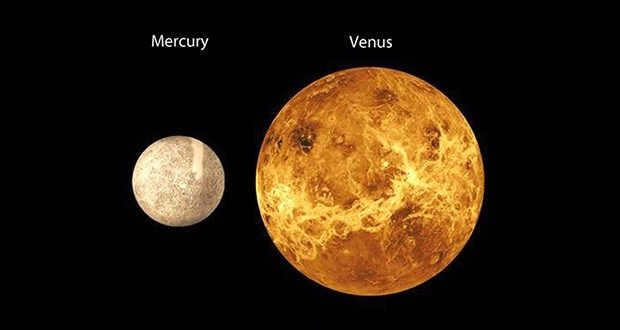
Here’s another interesting fact: in certain planets (such as Saturn, Uranus, and Neptune), astronomers refer to their satellites as moons. This can sometimes cause confusion between a satellite of Earth and a “ward” of another planet.
Earth, on the other hand, has only one natural satellite – the moon. It was first observed by Galileo Galilei on November 30, 1609.
Mars, in comparison, has only two natural satellites named Phobos and Deimos. These were discovered by Asaph Hall.
Neptune, on the other hand, has a total of fourteen natural satellites. These include Triton, Larissa, Galatea, Psampha, Proteus, Nereida, Naiad, Galimeda, Hippocampus, Thalassa, Neso, Despina, Sao, and Laomedea. The discovery of these satellites occurred at various times between 1846 and 2013, and were made by different scientists such as W. Lassell, J. Lalande, A. Jems, and others.
Uranus is home to a total of 27 moons, including Ariel, Oberon, Desdemona, Cordelia, Mab, Rosalind, Perdita, Umbriel, Ophelia, Ferdinand, Miranda, Marguerite, Trinculo, Titania, and many more. These moons were first discovered in 1787, with Oberon and Titania being the first two to be observed. Since then, additional moons have been discovered in more recent years.
Saturn, on the other hand, boasts a whopping 63 moons. The discovery of these moons officially began in 1655 and concluded in 1997, when a spacecraft was sent to Saturn to conduct further studies of the planet.
Out of all the planets in our solar system, Jupiter takes the lead with a staggering 67 moons. The discovery of Jupiter’s moons began in 1609 and continued until 2002. It was in 2002 that the latest findings regarding Jupiter’s “wards” were officially announced.
Satellites of the planets
Every space satellite is a distinct world. No two natural satellites have been found to be completely identical. Examples of remarkable satellites include:
Jupiter’s Moon. It has a temperature range of -160°C to -220°C. The entire surface is covered with a thick layer of ice, which adds strength to the crust. Its composition is not fully understood.
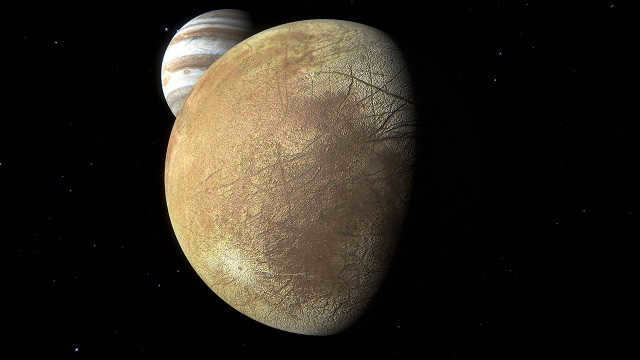
Scientists speculate that beneath the icy surface lies a vast ocean of liquid water. This speculation is supported by the presence of powerful water geysers that periodically erupt in different locations. Each eruption adds another layer to the crust of Europa.
Europa, which orbits Jupiter, is often regarded as the most fascinating celestial body in our solar system. It shares many similarities with Saturn’s moon, Enceladus. Based on the available scientific data, Europa offers a captivating combination of physical characteristics and ancient chemical processes that resemble those found on Earth.
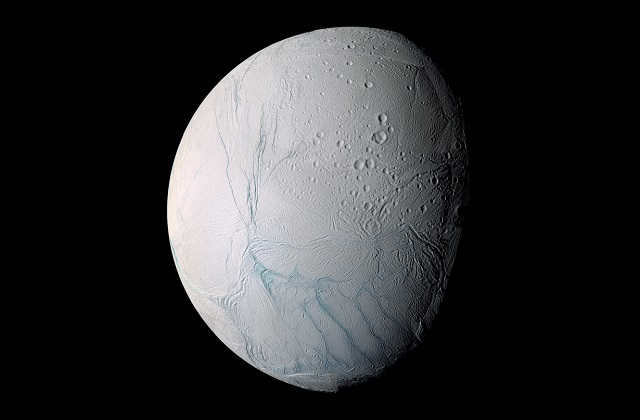
Enceladus is connected to Europa through a thick layer of ice, water geysers, and an underground ocean of liquid water beneath the icy “armor”. The key difference is that Enceladus reflects approximately 90% of the sunlight with its icy crust.
What makes it particularly intriguing to scientists is the discovery of hydrogen in the oceanic waters. This indicates that there are processes occurring in the depths of Enceladus’ waters that are similar to those that took place on Earth hundreds of thousands of years ago.
Known as Neptune’s “protectorate”, Enceladus boasts an intriguing feature on its surface: ice volcanoes. Instead of erupting with ordinary lava, these volcanoes release a combination of ammonia and water onto the moon’s surface. However, this deadly liquid only remains stable for a few minutes before dissipating.
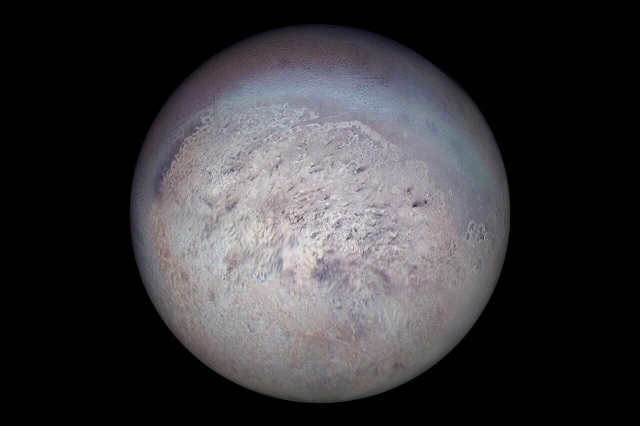
As a result of extremely low temperatures, the liquid solidifies and creates a dense layer.
Regarded as Jupiter’s “underling,” this entity is often described as a “blazing” entity. Its surface is nearly indiscernible due to the surging currents of molten lava. From an external perspective, it might resemble a colossal sphere of lava.
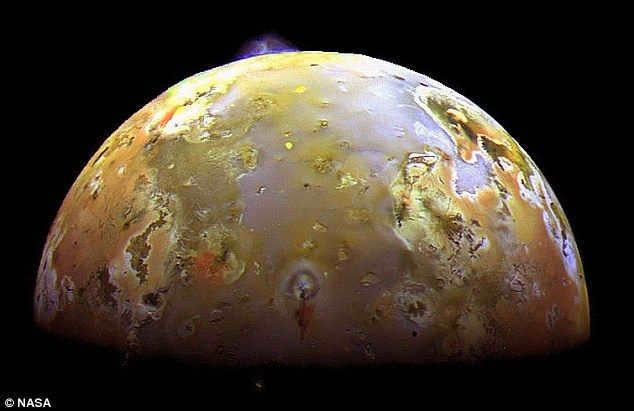

Io is home to a staggering amount of active volcanoes, with approximately 400 in total. These volcanoes are constantly filled with flowing lava, making it impossible for any device to capture them when they are not erupting for further study.
Exploration of Natural Satellites
The fascination with the celestial sky has captivated humans since ancient times. It would be incorrect to assume that no discoveries were made regarding the study of space during that era. In reality, ancient astronomers were able to make rough calculations of the trajectories of certain satellites through the use of intricate mathematical computations and observations.
As mankind progressed and gained the capability to develop powerful telescopes and even small spacecraft for research purposes, the focus shifted towards validating ancient manuscripts. Some of the information contained within these manuscripts turned out to be inaccurate. However, other portions have astounded modern scientists with their precision. While there may be minor discrepancies in the calculations, they are negligible.
Currently, scientists are making efforts to conduct research on the natural satellites of all planets as frequently as possible. This endeavor enables a deeper comprehension of the solar system’s origin history and the enigmatic laws and forces that remain elusive to scientific understanding.
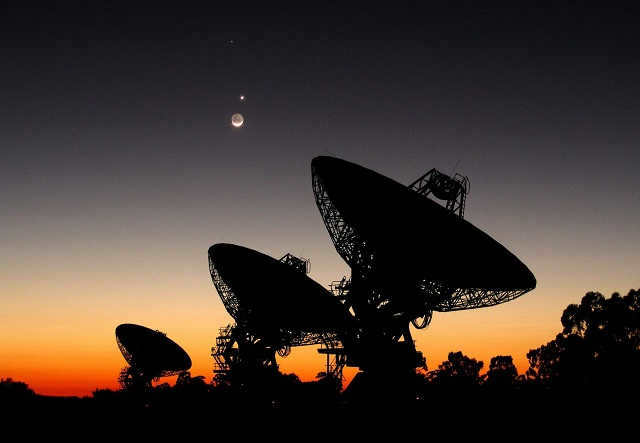
Discovered satellites orbiting the planets in our solar system
As mentioned previously, not all scientists unanimously agree that the formation of several satellites occurred after the occurrence of the “Big Bang”. If we explore this hypothesis further, we can discover that some of these “subordinates” are actually asteroids that have been attracted by the gravitational force of the planets.
Subsequently, a theory has been developed to explain the origin of these asteroids, linking it to other existing theories. For instance, there are claims suggesting that they are remnants of planets that once existed within our solar system. Alternatively, these asteroids might have formed from gas and dust following the “Big Bang” and have been wandering through the universe for a considerable amount of time before being drawn towards the planets.
Classification of artificial and natural satellites
The categorization of space satellites orbiting planets is based on their origin, distinguishing between artificial and natural satellites.
Furthermore, natural satellites can be further divided into two subcategories:
- Habitual natural satellites: These are the typical satellites that revolve around and rotate on their own axis in a fixed trajectory.
- Irregular natural satellites: This group is particularly intriguing to astronomers as their trajectory from the planet they orbit can vary over time, sometimes significantly. Additionally, their rotation may deviate from the standard pattern followed by regular space objects.
- Artificial. These are spacecraft utilized by scientists for the examination of planets and other celestial bodies. There are no exemptions here when it comes to planets. All eight planets of the solar system possess them. It is worth mentioning that their quantity is steadily growing year after year. This is because not only government organizations aspire to gather information about the planets, but also numerous private individuals.
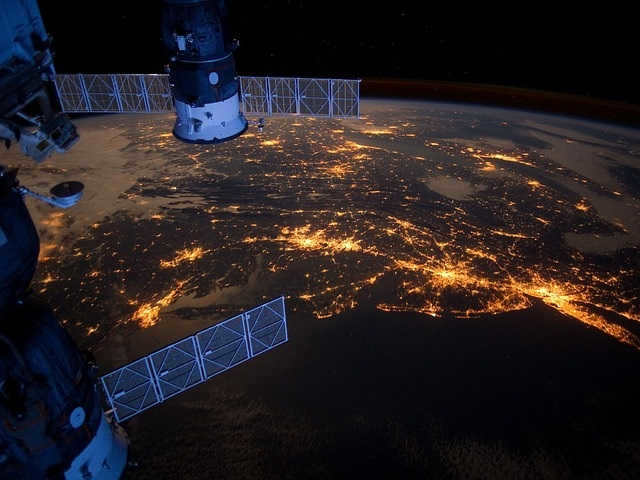
The destiny of satellites in outer space
Thanks to extensive research, scientists have discovered two rather unfortunate phenomena regarding natural “subordinate” planets:
- Over the course of time, some satellites gradually drift away from their parent planet. This process occurs gradually, at a rate of about 1-2 inches per year. The Moon serves as a prime example of this phenomenon. Its increasing distance from Earth leads scientists to speculate that it may eventually escape Earth’s gravitational pull and potentially become an independent planet or embark on a “freestyle journey” through the vastness of space.
- There is a possibility that other space objects may vanish completely in the future. This occurrence is likely to happen due to the phenomenon of convergence with their host planets. Eventually, the satellites will be destroyed. A prime illustration of this phenomenon can be seen with Phobos, which is under the influence of the fiery Mars. It is gradually getting closer to the planet. Scientists assert with certainty that Phobos will inevitably perish as a result of the collision.
As mentioned earlier, every satellite is distinct. The tiniest one is known as Dactyl. It is a one-of-a-kind celestial body, not only due to its small size (with a diameter of only 1 mile) but also its unique owner. Dactyl is an asteroid’s satellite.
Ganymede, on the other hand, is considered the largest “subordinate” satellite. It orbits Jupiter and is slightly smaller than Earth but larger than the Moon and Mercury.
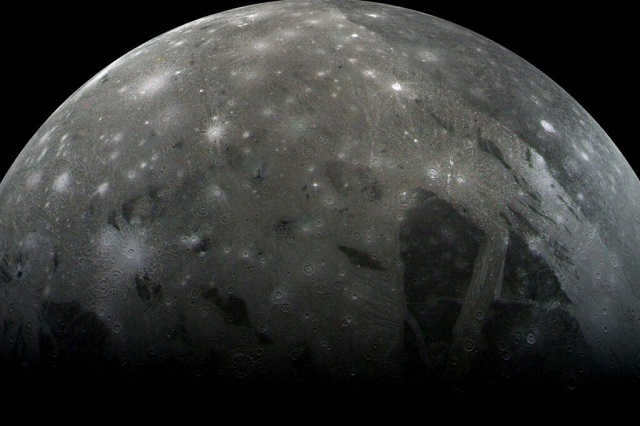
Planets with Rings
There are several planets in our solar system that have rings.
- Saturn. This is the sixth planet in our solar system and it is known for its seven rings. However, only three of them are visible from Earth with a telescope.
- Jupiter. Jupiter has three rings, including two main rings and one thin inner ring.
- Uranus. Uranus has a total of 13 rings.
- Neptune. Neptune has five thin rings, although they cannot be seen through a telescope. Spacecraft had to capture them at the right angle in order to photograph them.
- Haumea. This is a dwarf planet that is believed to have one ring.
What planet has the highest number of satellites?
Let’s take a closer look at the top three contenders. Jupiter takes the lead with a whopping 67 satellites orbiting around it. Saturn comes in second, with a slightly smaller number of 63 satellites. And finally, we have humble Uranus, with a modest count of 27 “subordinates” in its possession.
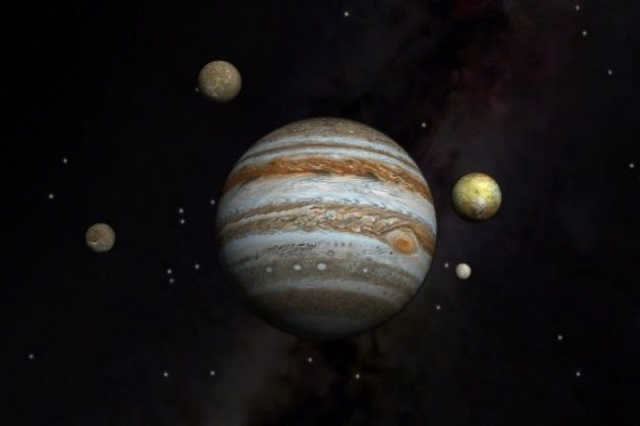

The Importance of Satellites for Planets in the Solar System
It is incorrect to view a natural satellite as merely an “appendix” to a planet. On the contrary, each satellite serves a crucial purpose. Here are some of their key functions:
- Influencing the gravitational field of the planet, satellites can cause planetary movement due to their powerful attraction.
- Serving as a protective “shield” against asteroids, comets, and other space debris that can cause significant damage or even obliterate a planet.
- Playing a role in various natural processes on the planet. For instance, the Moon is responsible for the occurrence of tides on Earth.
As mentioned earlier: all satellites are a fascinating and largely unexplored realm. Here are some captivating details:
- Not all planets boast satellites. Which planet lacks satellites? The “deprived” ones are Venus and Mercury. This can be attributed to two factors: their close proximity to the Sun and their relatively weak gravitational pull. However, there is a theory that suggests there may have been satellites near Mercury in the past, but they eventually escaped into space due to the weakening of its gravitational field.
- Io and Titan are two contrasting satellites. On Io, a multitude of fiery volcanoes are actively erupting, creating a molten lava covering. Interestingly, the lava flow is so abundant that no empty craters have ever been observed by spacecraft. On the other hand, Titan boasts unique ice volcanoes, which release a toxic mixture of ammonia and water from their depths. However, due to the low temperatures, the mixture remains on the satellite’s surface only as a frozen crust.
- Even a dwarf planet like Haumea possesses rings composed of small particles of dust, gas, and ice. Recent research has confirmed the existence of at least one ring around Haumea, and investigations are ongoing to uncover more about this fascinating phenomenon.
- Dactyl, the tiniest satellite, orbits not a planet, but an asteroid, enabling scientists to theorize that it is a remnant of a planet that has retained its gravitational field.
Check out this fascinating video:
For millennia, we have been observing the same celestial phenomena on a daily basis. Each morning, we witness the glorious ascent of the Sun, providing us with essential warmth and sustenance. During the night, we gaze upon the Moon, a celestial entity that plays a crucial role in maintaining the stability of the Earth’s axis and facilitating the occurrence of seasonal changes.
Initially, we believed that these two cosmic entities were unique and unparalleled. However, as time progressed, we came to realize that both the Sun and the Moon are not as exceptional as we once thought. Firstly, it transpired that our star is just one among billions of similar stars, and it is not even the largest or the brightest. Secondly, the Moon is not the sole satellite in our Solar System, revolving around a massive celestial body. To date, scientists have identified 175 such satellites orbiting various planets, and if we consider the satellites of dwarf planets, the count rises to 184.
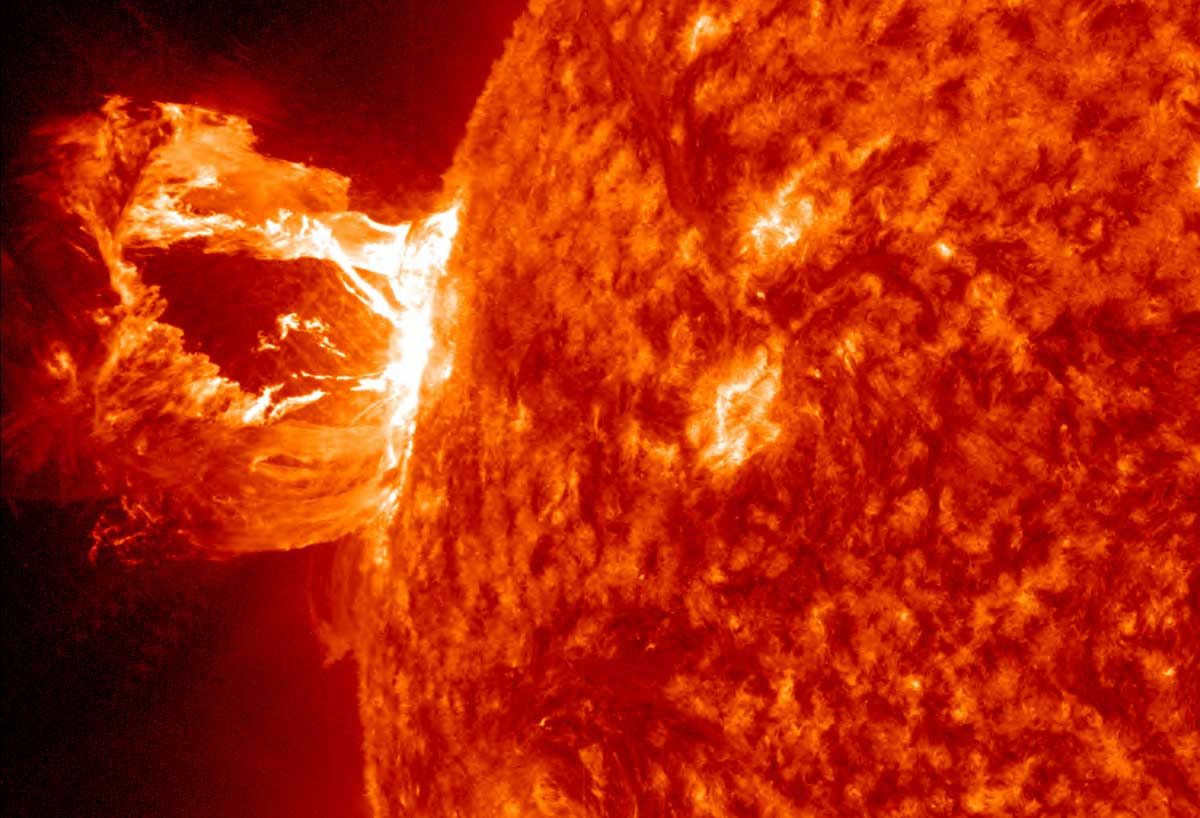
Why is it that some celestial bodies in the Earth group do not possess any satellites, while others have a very limited number? Numerous hypotheses and theories have been postulated to explain this phenomenon, but the primary factor at play is gravity. In the case of Mercury and Venus, the two planets closest to the Sun, their gravitational force is insufficient to capture a passing object and maintain it within their orbit (as our star’s gravity would simply intercept the object). Consequently, Mercury and Venus are unable to accumulate enough debris in their orbit to serve as a potential natural satellite formation site. On the other hand, Earth and Mars face no such hindrances and are capable of hosting moons. However, they reside at the farthest end of the Earth group. The further an object is from the Sun, the weaker the gravitational force exerted by the celestial body, making it easier for said object to attract and retain a satellite within its orbit.
We welcome you to join us on an exciting space adventure and discover the most fascinating moons in our Solar System.
The Moon
With a diameter of 3,474 km, the Moon is one of the largest satellites in our Solar System. It has a density of 3.3464 g/cm³, making it the second densest moon in the system, right after Io. The Moon is about 27% the size of Earth and its mass is 80 times smaller than that of our planet.
According to a hypothesis proposed in the 1970s by a group of international astronomers, the Moon formed over 4 billion years ago when material was ejected into space after a collision between Earth (which was a protoplanet at the time) and an unknown celestial body, possibly the hypothetical planet Teia.
However, there is a discrepancy in the data collected in the last 15 years that challenges the theory that our moon was formed from material ejected during the collision of Teia and Earth. Most models of this collision suggest that the moon should have been formed from at least 60% of the hypothetical planet’s material. However, analysis of lunar soil samples obtained by both Soviet and American missions have shown that the moon has the same ratio of oxygen isotopes as Earth. It is widely known that planets formed in different regions of the solar system should have different chemical compositions. For example, the isotopic composition of Mars is distinct from that of Earth, so it would follow that Teia’s composition would also be different.
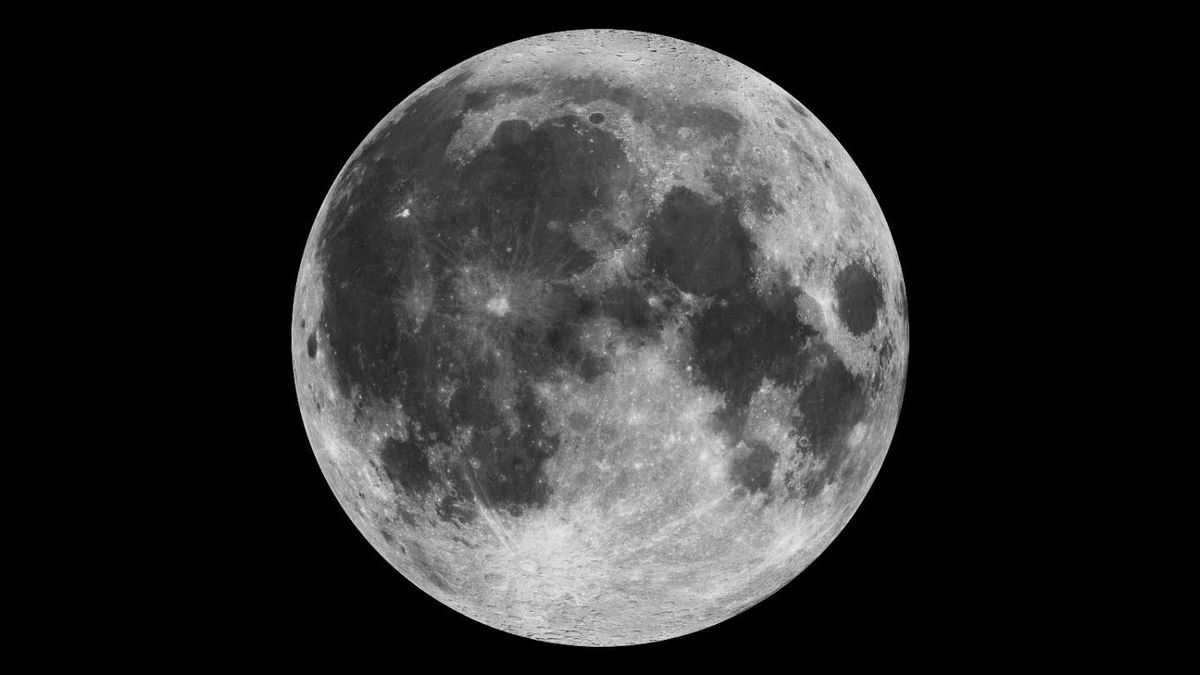
In 2016, an article was published in the journal Nature which suggested that the Moon was created through a different process than previously believed. According to this new theory, the collision between Earth and the theoretical planet Theia resulted in the vaporization of a significant portion of Earth’s solid rocks. This event caused a dramatic increase in the size of our planet, and it is believed that the Moon formed from the outer layers of this vapor.
There is another interesting fact. The Moon’s path around the Earth is tilted at an angle of approximately 5 degrees compared to the Earth’s orbit. This means that our Moon occasionally passes between the Earth and the Sun, either just above or just below the Sun’s surface (during a new moon). Scientists have long been puzzled by the unusual tilt of the Moon’s axis of rotation. It wasn’t until 2015 that Kaveh Pahlevan and Alessandro Morbidelli were able to explain it. They published an article suggesting that in the past, the Moon was influenced by large protoplanets that collided with Earth, causing disruptions in the Moon’s orbit and resulting in its tilt.
Fascinating trivia. With the aid of a modest telescope or even a pair of binoculars, one can readily observe the distinct symbol “X” on the surface of our celestial neighbor. This peculiar symbol becomes visible at a specific moment: precisely four hours prior to the Moon entering its first quarter phase, characterized by exactly half of its visible portion being illuminated.
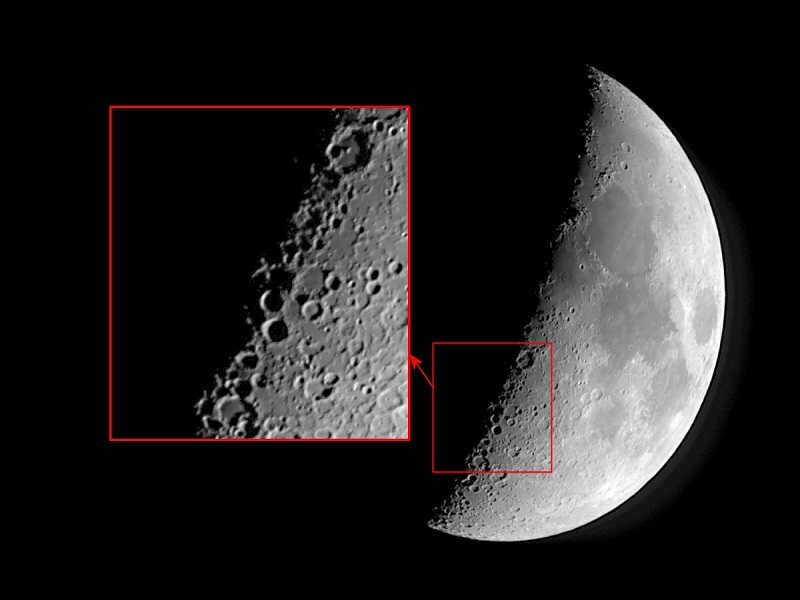
The visual appearance of the symbol “X” is formed by the relative positioning of the craters Purbach, Lacaille, and Blanquin along the terminator (the boundary between the illuminated and shadowed halves of the Moon). When viewed from our planet, the illuminated ridges of these craters against the dark background closely resemble the shape of an “X”.
Phobos and Deimos
Phobos and Deimos are the two moons of Mars. It is believed that these two objects were attracted to the planet from the asteroid belt.
Phobos, named after the ancient Greek god who represented fear, is the largest moon of Mars and is the closest to the Red Planet, at a distance of 9,377 km. Phobos has a potato-like shape, with dimensions of 27x22x18 km. The irregular shape of the moon is due to its small size, which results in a weak gravitational force that prevents it from becoming more spherical.
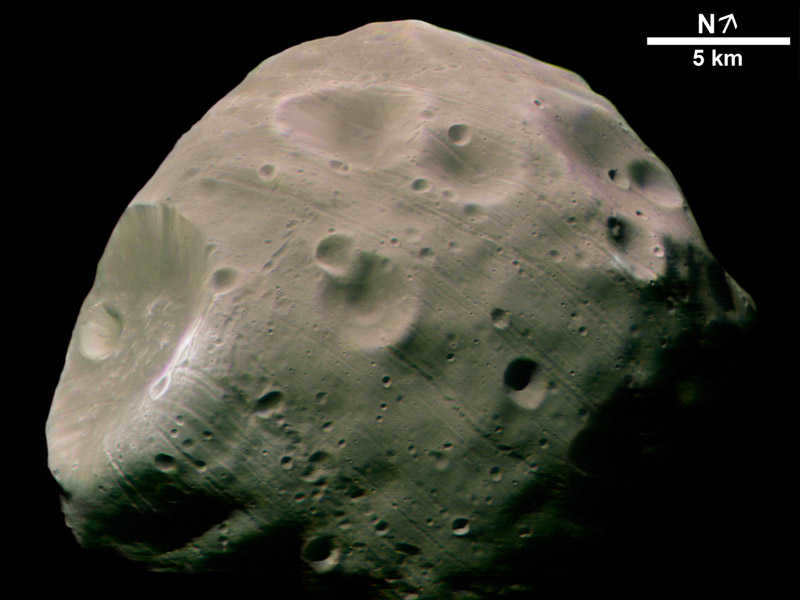
Phobos has a rate of approach to Mars of approximately 1.8 meters every 100 years. This means that in 50 million years, it will either collide with Mars or disintegrate due to the gravitational forces acting upon it during its approach to the planet.
Deimos, named after the ancient Greek god of terror, is the second largest moon of Mars. It is significantly smaller than Phobos, measuring only 12.6 kilometers in diameter, and its orbit is much farther from Mars compared to Phobos’ orbit. Deimos is situated at a distance of 23,460 kilometers from Mars and completes a full revolution around the planet in 30.35 hours.
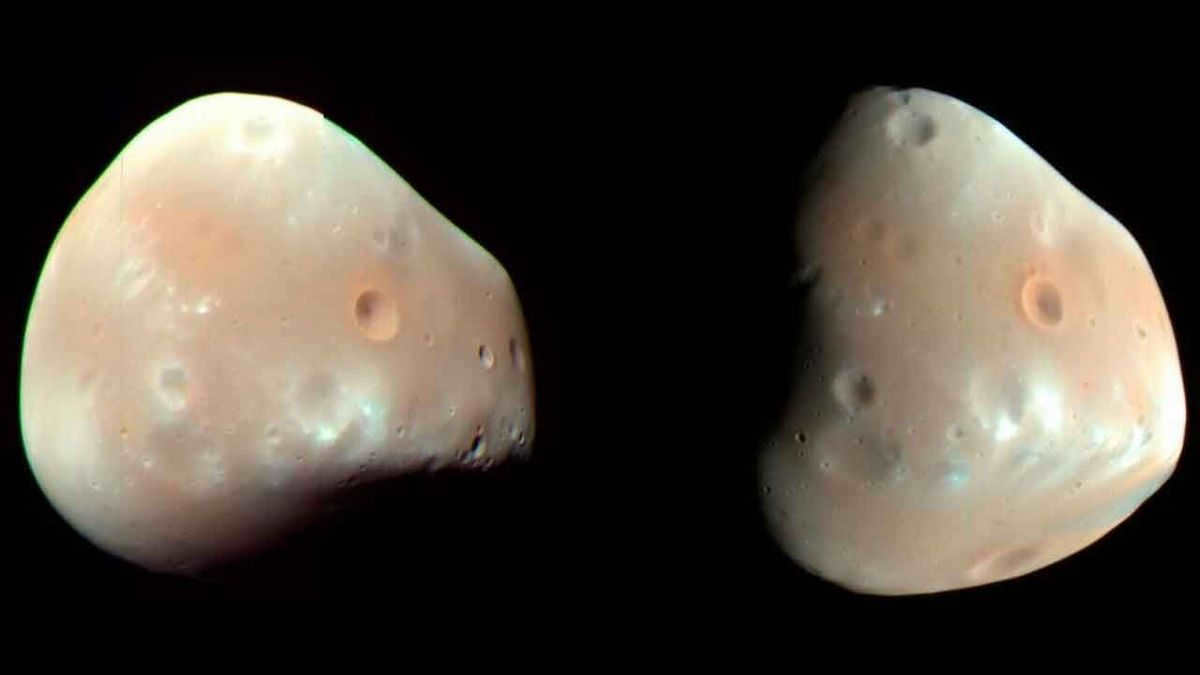
Fascinating tidbit. The two satellites both spin on their axes at the same rate as they orbit Mars, meaning they always have the same side facing the planet.
In a 2017 study conducted by NASA, it was discovered that Phobos has the ability to accumulate static electricity on its surface due to the effects of solar wind. This could potentially pose challenges for future landing missions to this satellite.
Moons of Jupiter: Io, Europa, Ganymede, and Callisto
Jupiter is known for having the highest number of satellites in the entire solar system. Currently, the gas giant has a total of 69 moons, with the discovery of the last two (S/2016 J1 and S/2017 J1) made by scientists in 2016 and 2017. These newly discovered objects are quite small, measuring only 1-2 km in diameter.
Of all the satellites orbiting Jupiter, the most fascinating ones are Galileo’s moons. These four large satellites of the gas giant were named after Galileo Galilei, who first observed them in 1610.
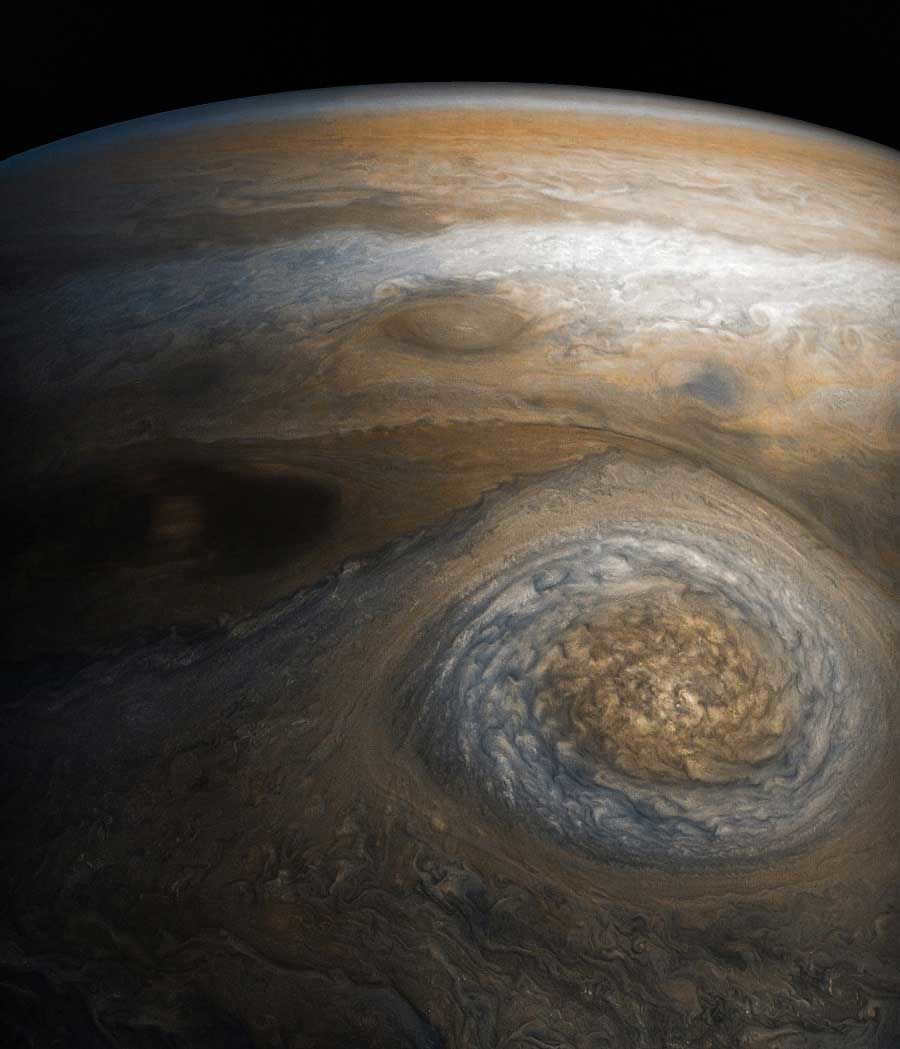
The astronomer observed the four celestial objects circling the massive planet during many nights of research. These objects displayed behavior that was unexpected to the observer and created peculiar formations in the sky. Galileo eventually realized that the points of light in the sky were not stars, but rather planetary bodies orbiting the ancient and influential Jupiter. Galileo’s discovery provided significant evidence in support of the Heliocentric model of the solar system (which proposes that the Sun is the central body around which the Earth and other planets revolve).
“I must disclose and announce to the universe the situation of the discovery and observation of four planets that have never before been seen by humanity. I implore all astronomers to dedicate themselves to the investigation and determination of their periodicity, a task that has eluded me thus far,” Galileo wrote in his homage to Galileo. Galileo wrote in his treatise Sidereus Nuncius.
This is how Galileo’s satellites were described. It was only after 250 years that they became known to the world as Ganymede, Callisto, Io, and Europa. While they may be just four satellites among the 69 currently known, their combined mass accounts for 99.999% of all objects orbiting Jupiter.
Io
Io, measuring 3,642 kilometers in diameter, is the fourth largest moon in the entire solar system. What sets Io apart from the other Galilean moons is its proximity to Jupiter. This celestial body was named after a remarkable woman – a priestess of the goddess Hera and the lover of none other than the mighty god Zeus.
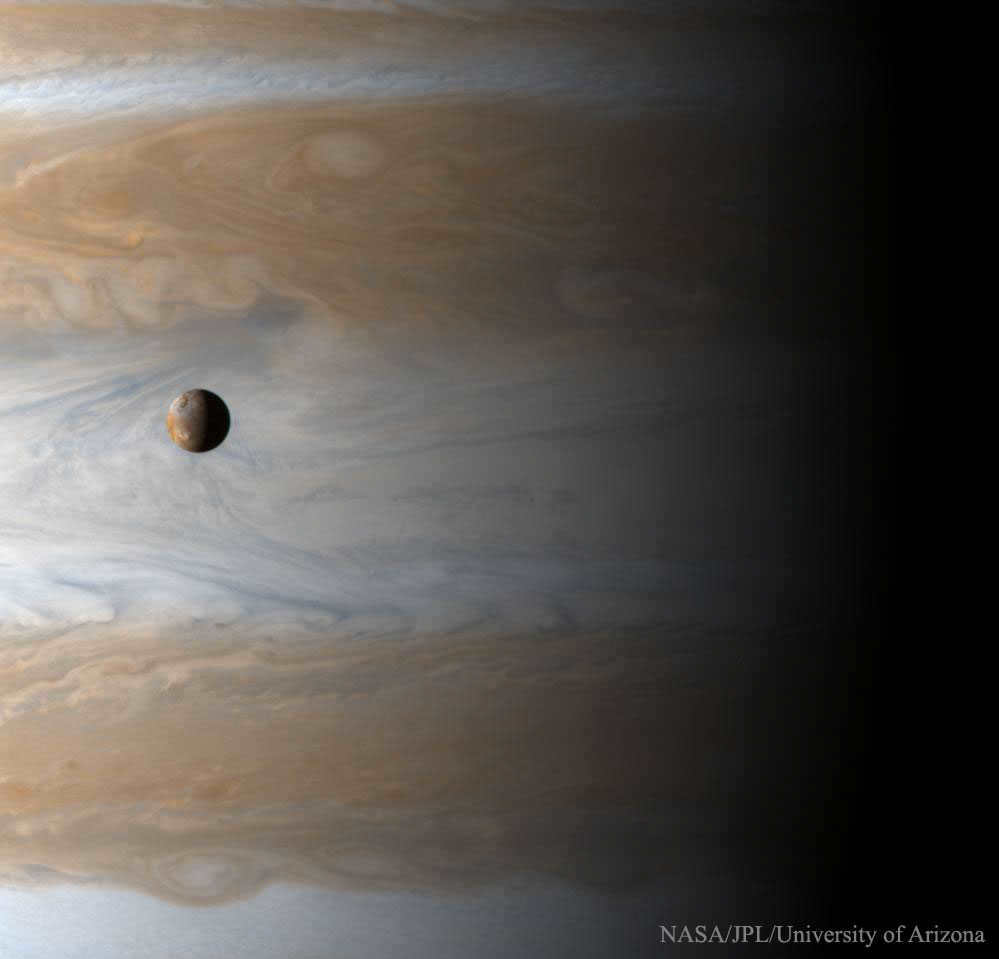

What makes Io particularly fascinating to scientists is its active volcanism. The moon’s interior is continuously heated by the gravitational pull of Jupiter, resulting in frequent volcanic eruptions.
The surface of this celestial body is covered with over 400 active volcanoes and numerous mountains. Currently, there are more than 100 known peaks on Io, some of which surpass the height of Mount Everest (8848 meters above sea level), the tallest mountain on Earth.
Europa, the smallest of the Galilean moons, has a diameter of 3121 kilometers. It was named after the daughter of a Phoenician king and the beloved of Zeus.
Many astronomers believe that Europa is the prime location in the solar system to search for alien life, which may be concealed beneath a thick layer of ice in its ocean.
Despite temperatures on Europa’s equator never surpassing -160°C and at the poles reaching -220°C, scientists theorize that there is a vast ocean beneath the ice. This ocean is heated by the moon’s inner core and constant tidal currents caused by Jupiter’s gravitational pull. Some experts calculate that the ocean waters of Europa could have a high enough temperature to support complex life forms, suggesting the possibility of life on this moon of Jupiter.
Interesting tidbit. It is possible that there is 2-3 times more water beneath the surface of Europa compared to Earth. In 2014, researchers discovered signs of tectonic plate activity on this moon, which is crucial for the development of life as tectonics help facilitate intricate chemical reactions and recycle substances such as carbon dioxide, acting like a thermostat to maintain the celestial body’s warmth.
Callisto
Callisto, the second largest moon of Jupiter, has a diameter of 4,820 km and is the farthest from the planet among Galileo’s moons. This moon was named after Lycaon, the daughter of King Lycaon of Arcadia.
Callisto bears a resemblance to our Moon, with its surface covered in craters. The abundance of meteorite evidence on its surface suggests that it is likely the oldest moon in the Galilean group. Interestingly, one of the craters has a diameter of several hundred kilometers, indicating that the craters resulting from meteorite impacts are constantly overlapping with each other.
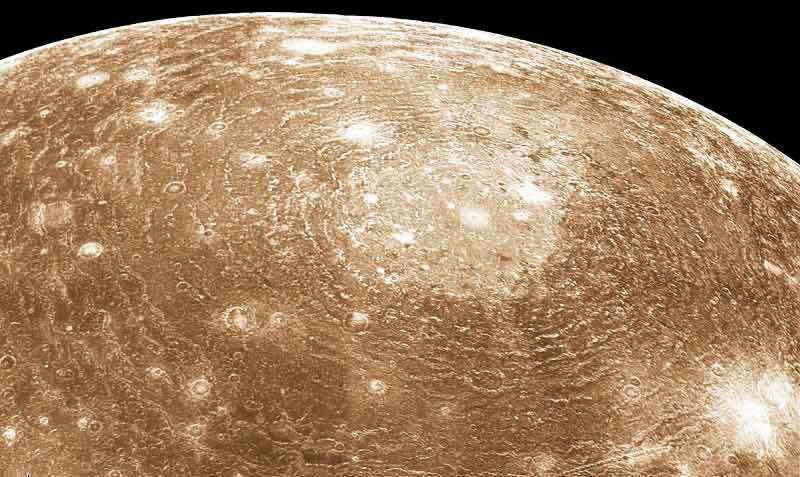
Researchers claim to have discovered a briny ocean of liquid water on this moon of Jupiter, situated approximately 100-200 kilometers below its surface. Additionally, they have detected an atmosphere consisting mostly of molecular oxygen and carbon dioxide. Astronomers believe that these findings make Callisto an ideal candidate for the search for microbial life.
Ganymede is not only the largest moon of Jupiter, but it also holds the title for being the largest moon in the entire solar system, with a diameter of 5262 kilometers.
What makes Ganymede even more fascinating is its possession of a magnetosphere, a rare occurrence for moons of its kind. This magnetic field is believed by some scientists to be evidence of a hidden ocean beneath the moon’s surface. Recent research conducted in the 2010s has provided support for this intriguing hypothesis.
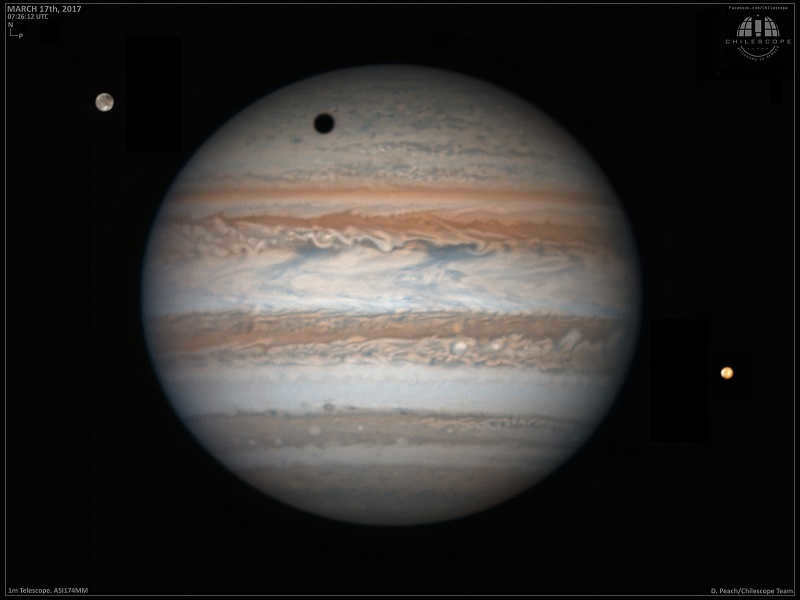
NASA astronomer Seth Shostak explains that using spacecraft technology, we have made a groundbreaking discovery – a massive ocean concealed beneath a thick layer of ice. This ocean, with depths ranging from 200 to 500 kilometers, is unique in that its high salt content prevents the water from freezing, allowing it to remain in a liquid state. This incredible finding reveals a fascinating sight: layers of ice interspersed with layers of liquid water, occasionally descending to the ocean floor and coming into contact with rocks. These exceptional conditions provide a promising environment for the emergence of life.
Remarkably, Ganymede possesses an oxygen-rich atmosphere, consisting of O, O2, potentially O3, and even atomic hydrogen.
Satellites of Saturn
Similar to Jupiter, Saturn has a plethora of satellites in its orbit. According to the latest estimates, there are over 60 satellites revolving around this planet, and each one of them varies significantly in size.
The Moon Titan
Titan, the largest moon of Saturn, has a diameter measuring 5150 km. Scientists have been studying this satellite extensively for several decades. Numerous research endeavors have revealed that Titan possesses an atmosphere rich in nitrogen.
Due to the dense haze surrounding the moon, observing Titan has always posed difficulties, and for a long time, we had no knowledge of its surface appearance.
Thanks to the Hubble orbiting telescope and the Cassini space mission, astronomers have finally been able to see the surface of Titan, one of the moons in our solar system, in all its glory, despite its dense atmosphere.
What they discovered was that Titan, like Earth, has liquid. However, it’s not water as we know it. Instead, it has ethane-methane lakes and rivers.
Enceladus, Saturn’s sixth largest moon, is just as fascinating to investigate as Titan. Utilizing the Cassini spacecraft, researchers have identified energy sources within Enceladus’ interior that resemble those supporting life in Earth’s oceans. Specifically, over a hundred geysers have been uncovered, ejecting over 200 kilograms of water and volatile substances into space every second.
Mimas
Mimas is predominantly composed of ice and has a diameter measuring 396 kilometers, rendering it the twentieth largest satellite within the solar system.
Mimas, in conjunction with its fellow moons, exerts gravitational influence on Saturn’s rings, leading to the formation of gaps (including the well-known Cassini gap) and various curvatures.
On the surface of this celestial body, there exists a crater that has been named in honor of Mimas’ discoverer, the esteemed astronomer William Herschel. This particular crater gives Mimas an uncanny resemblance to the Death Star featured in the iconic Star Wars film series.
The circumference of the crater is almost 140 kilometers, which accounts for one-third of the satellite’s total diameter. Within the concave area, researchers managed to capture shadows that enabled them to measure the height of the steep walls (5 kilometers) and the dimension of the central peak. Herschel Peak stands at a similar elevation to the tallest point on Earth, Mount Everest (8.8 km).
Pan
Pan, one of Saturn’s tiniest moons, has a mere diameter of 14 km. Acting as a shepherd satellite, Pan journeys amidst the planet’s magnificent rings, utilizing its gravitational force to cleanse the vicinity of its orbit from any lingering ring particles.
In the year 2017, detailed imagery of this celestial body was captured, revealing its uncanny resemblance to a dumpling. Scientists have proposed two possible explanations for this peculiar shape: the presence of radioactive elements or the accumulation of ring materials on Pan’s surface.
There are 27 known satellites of Uranus that astronomers have discovered. These satellites vary greatly in size, with some being very small and others being quite large. Some of the largest satellites include Titania, Oberon, Umbriel, Ariel, and Miranda. The size of these large satellites ranges from 472 km in diameter for Miranda to 1578 km for Titania.
Out of these satellites, Ariel is the brightest, while Umbriel has the darkest surface and only reflects 16% of the incident light.
Most of the moons orbiting Uranus are composed of roughly equal amounts of rock and ice, except for Miranda, which has an ice content of over 60% on its surface. However, the ice on Miranda is not pure water ice, but rather a mixture that includes ammonia and carbon dioxide. This moon possesses a truly unique and astonishing topography compared to other celestial bodies. It features rolling plains intersected by a intricate network of faults, canyons that reach depths of up to 20 kilometers, ridges, valleys, craters, cliffs, and terraces. The surface of Miranda is a mesmerizing patchwork of diverse zones. Scientists have yet to fully comprehend the processes that resulted in the formation of such remarkable terrain. One hypothesis suggests that the surface of Miranda was fractured as a consequence of a collision with a large celestial object.
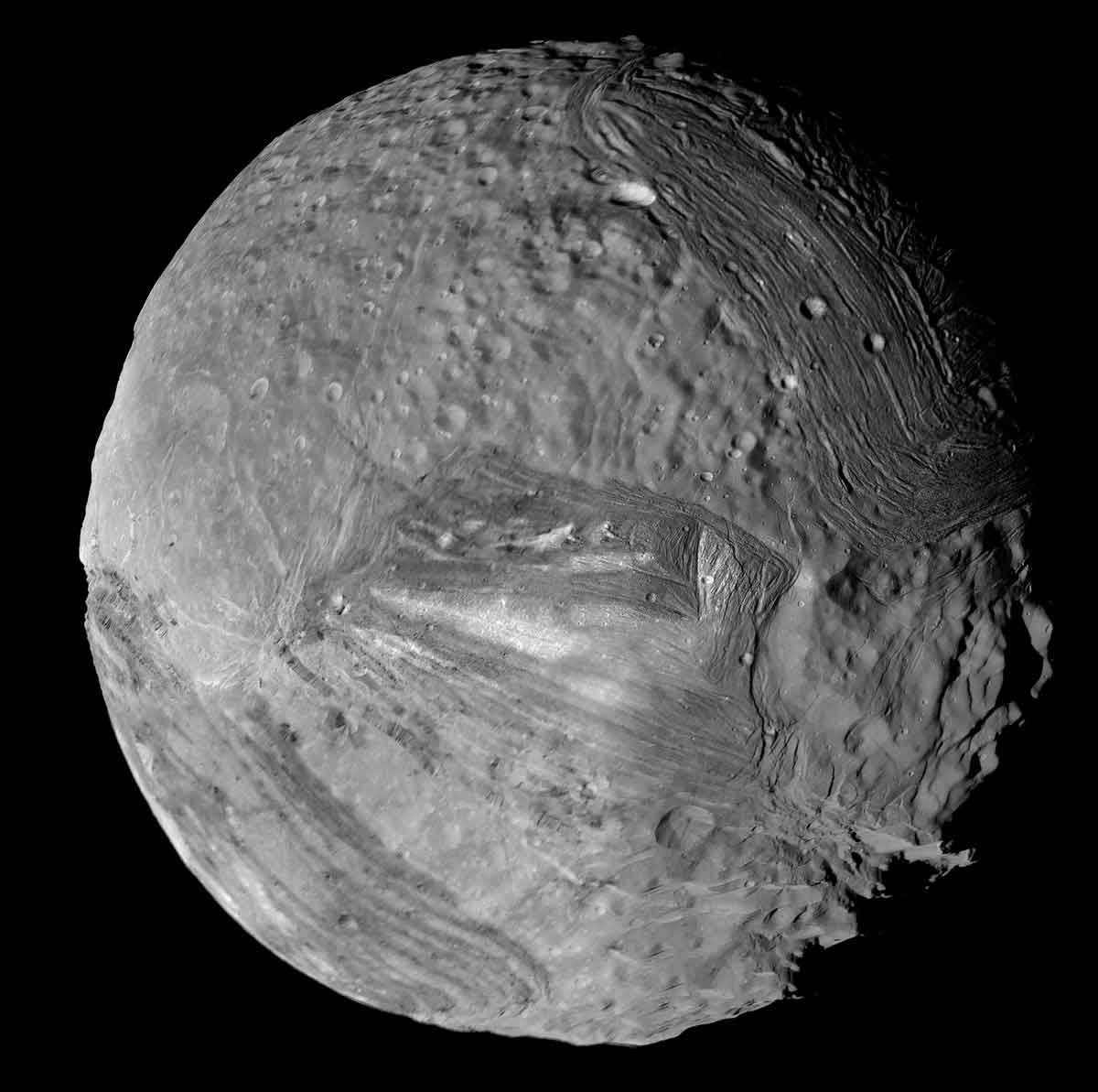
A common theory among scientists is that most of the moons of Uranus were created from a disk of gas and dust that either surrounded the planet for a period of time after its formation or formed as a result of a collision with an unidentified celestial object.
Moons of Neptune
Neptune’s 14 satellites are all named after ancient sea deities from Greek and Roman mythology. Scientists classify them into two main groups, regular and irregular moons, based on their distance from Neptune and their orbital radius.
Regular satellites have smaller, more rounded orbits that closely align with the equatorial plane of Neptune. This group includes Naiad, Thalassa, Despina, Galatea, Larissa, Proteus, and S/2004 N1 (the only moon of Neptune without a proper name). Irregular moons, on the other hand, have wide, chaotic orbits. This group consists of Triton, Nereid, Galimeda, Sao, Laomedea, Psamapha, and Neso.
Triton, the largest moon of Neptune, is unique in that it orbits in the opposite direction of the planet’s rotation. It holds the distinction of being the only moon in the entire solar system to do so.
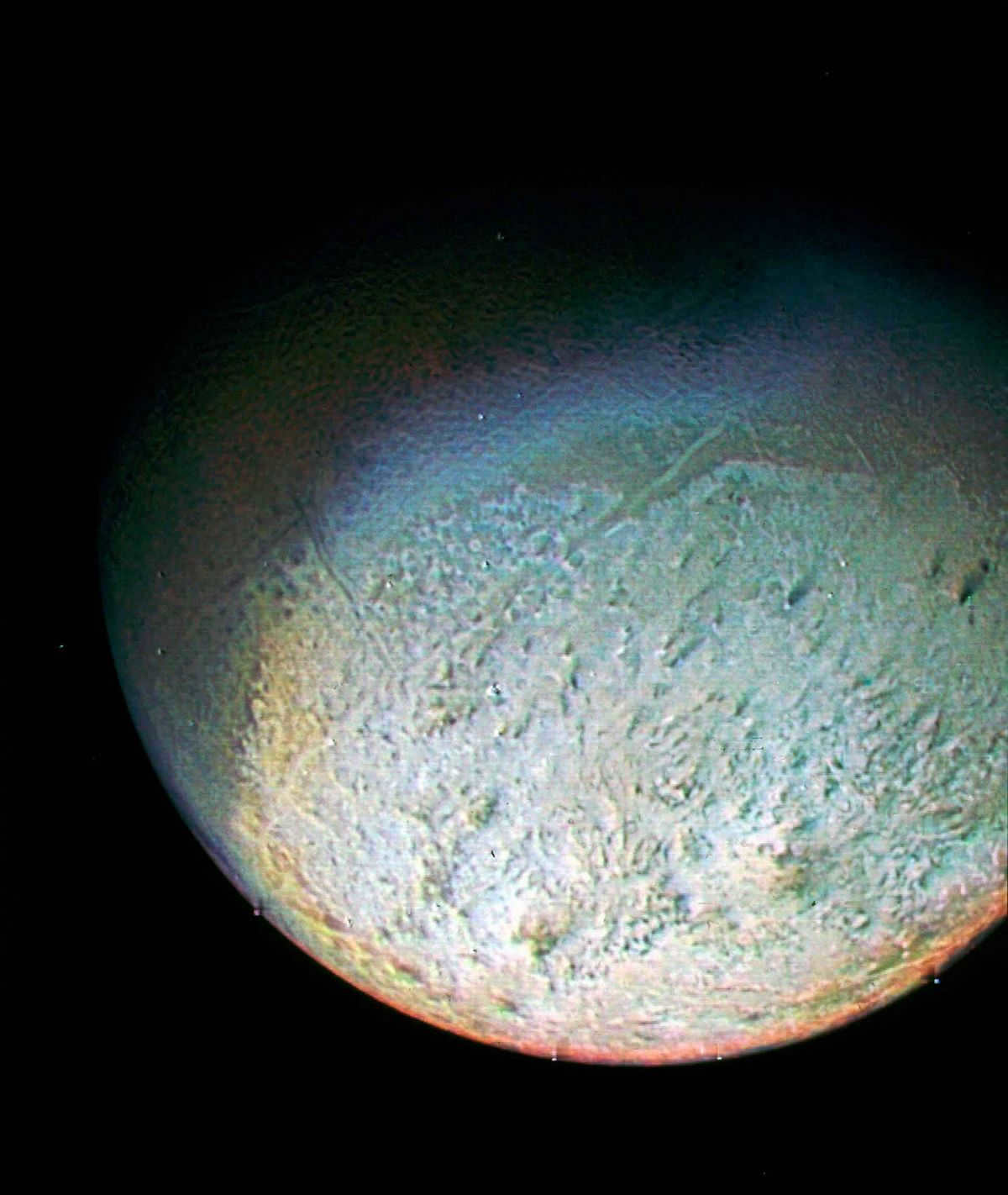
Triton boasts numerous volcanoes, although instead of spewing lava, they emit water and ammonia, which rapidly solidify upon contact with the frigid surface due to the extremely low temperatures on this moon of Neptune.
Regrettably, our knowledge of the moons of Uranus and Neptune remains limited, as no spacecraft has reached these celestial bodies since the Voyager 2 mission in 1986 and 1989.
Pluto and the Kuiper Belt
In July 2015, the New Horizons spacecraft had its closest encounter with Pluto and revealed the frigid realm of this dwarf planet on the outskirts of our solar system, while also providing valuable insights into its satellites.
Pluto possesses a total of five moons (four of which were only recently discovered): Charon, Hydra, Nycta, Styx, and Kerber, all of which were given names inspired by ancient Greek and Roman mythology, specifically characters and objects associated with the underworld.
Hydra, Nycta, Styx, and Kerber revolve in a circular orbit around a “binary planet” consisting of Pluto and its largest moon Charon. The unique aspect of this system is that the size difference between the two bodies is minimal (nowhere else in the solar system can a planet be found that is only twice the size of its companion: Pluto has a diameter of 2320 km, while Charon measures 1270 km), leading many scientists to classify Pluto as a binary planet.
Furthermore, Charon is tidally locked to Pluto, always showing the same face, much like the Moon does to the Earth. The remarkable synchronization of this binary system is such that the dwarf planet always presents the same hemisphere to Charon. In other words, the rotational period of both bodies around their own axes and the orbital period of Charon are identical, lasting 6.4 days.
Another interesting fact: Styx, Nycta, and Hydra are connected through a phenomenon known as resonance. Resonance occurs when the orbits of celestial bodies are multiples of two whole numbers, resulting in a gravitational point of connection. This resonance relationship between the three moons ensures that their orbits remain stable and predictable, preventing any potential collisions.
Furthermore, Nycta and Hydra exhibit chaotic rotations instead of synchronous rotations. This means that their orientations towards Pluto-Haron are not always consistent, making it extremely challenging to predict their rotational patterns.
“If you were a resident of either of Pluto’s two moons, determining the exact timing and direction of the sunrise each day would be a formidable task,” explains Mark Showalter, a scientist affiliated with the SETI Institute for the Search for Extraterrestrial Civilizations.
There are at least three other dwarf planets in our solar system apart from Pluto that possess one or a pair of moons. These celestial bodies are known as Erida, Makemake, and Haumea. All of them can be found in the Kuiper belt, which is situated far beyond Neptune. Haumea possesses two moons, Hiika and Namaka. Erida has one moon called Dysnomia. Finally, in 2016, astronomers confirmed the existence of a companion to Makemake, which is currently designated as S / 2015 (136472).
Stay updated with us on various social media platforms: Twitter, Facebook, and Telegram
Check out our content on youtube. Get the latest and most fascinating news from the world of science on our page at Google News, and read our exclusive materials on Yandex Zen that are not published on the site.
Found an error? Simply select the text and press Ctrl+Enter.
10. The Biggest Satellite is Ganymede
At first sight, Ganymede bears a striking resemblance to our Moon, however, the size of these two satellites is incomparable. Ganymede, the biggest satellite of Jupiter, is also the largest satellite in the entire solar system. It even possesses its own magnetic poles – a distinctive feature among planetary satellites.
If Ganymede orbited around the Sun, it could be classified as a fully-fledged planet: this Jovian moon is 8% larger than Mercury and constitutes 3/4 the size of Mars.
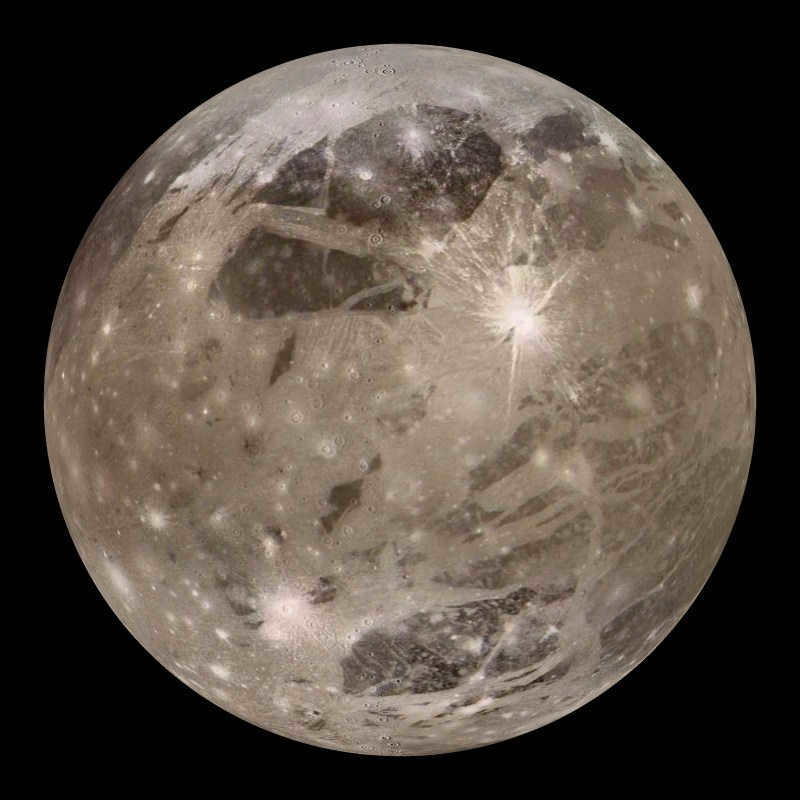
9. Miranda: The Unattractive Satellite
Among the satellites of Uranus, Miranda stands out as the unattractive one. It appears as if the creator of all the moons in the solar system gathered the leftover debris from a day’s work and launched it into the orbit of Uranus.
However, if humans ever have the opportunity to land on this satellite, they will be amazed by the unseen wonders of space. Miranda boasts the most diverse landscape in the entire solar system: colossal ridges intermix with vast plains, and numerous canyons are 12 times deeper than the renowned Grand Canyon.
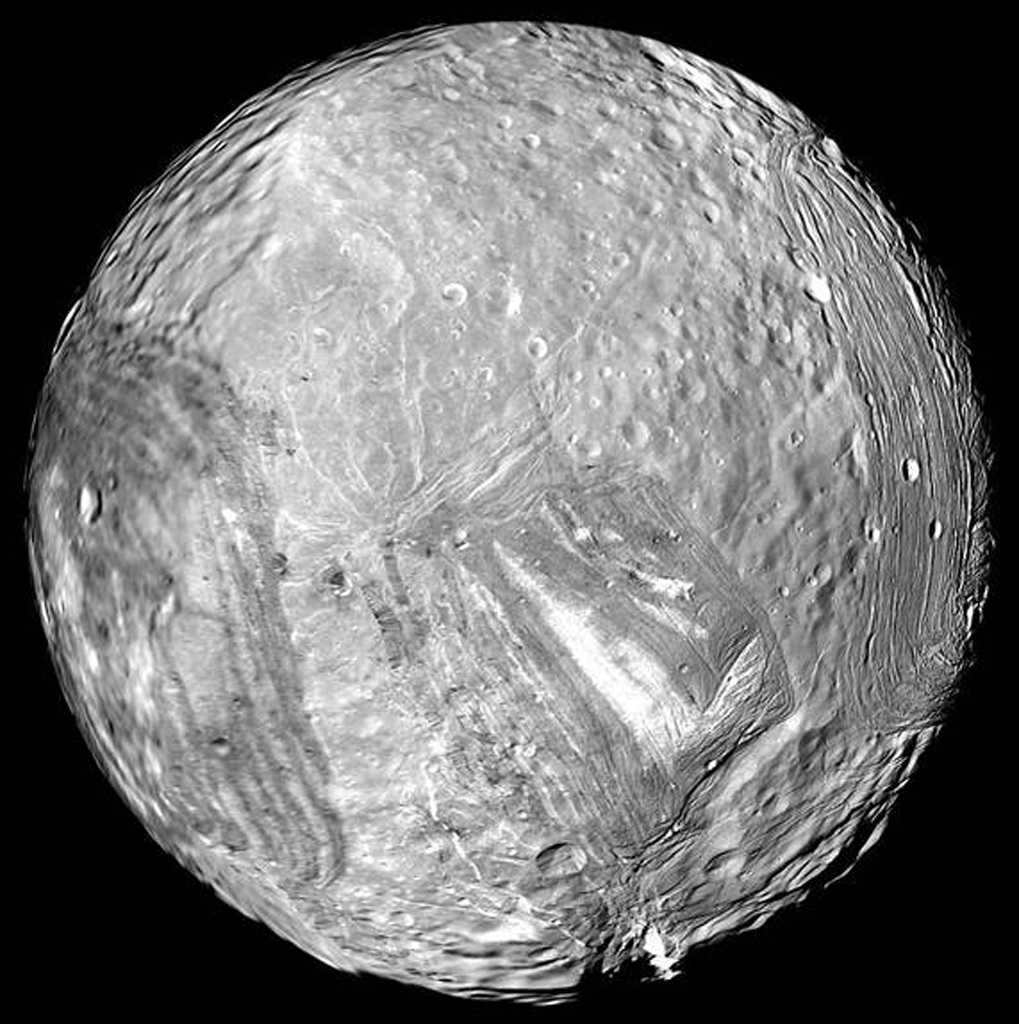
8. Callisto holds the record for the highest number of craters
Callisto, one of Jupiter’s moons, bears a striking resemblance to the face of an adolescent with acne. What sets Callisto apart from other celestial bodies in the solar system is its lack of geologic activity, resulting in a constant overlap of craters formed by meteorite impacts.
Finding an untouched spot on Callisto is extremely challenging, as the entire moon is covered in a complex network of craters, establishing it as the leader in crater count within the solar system.
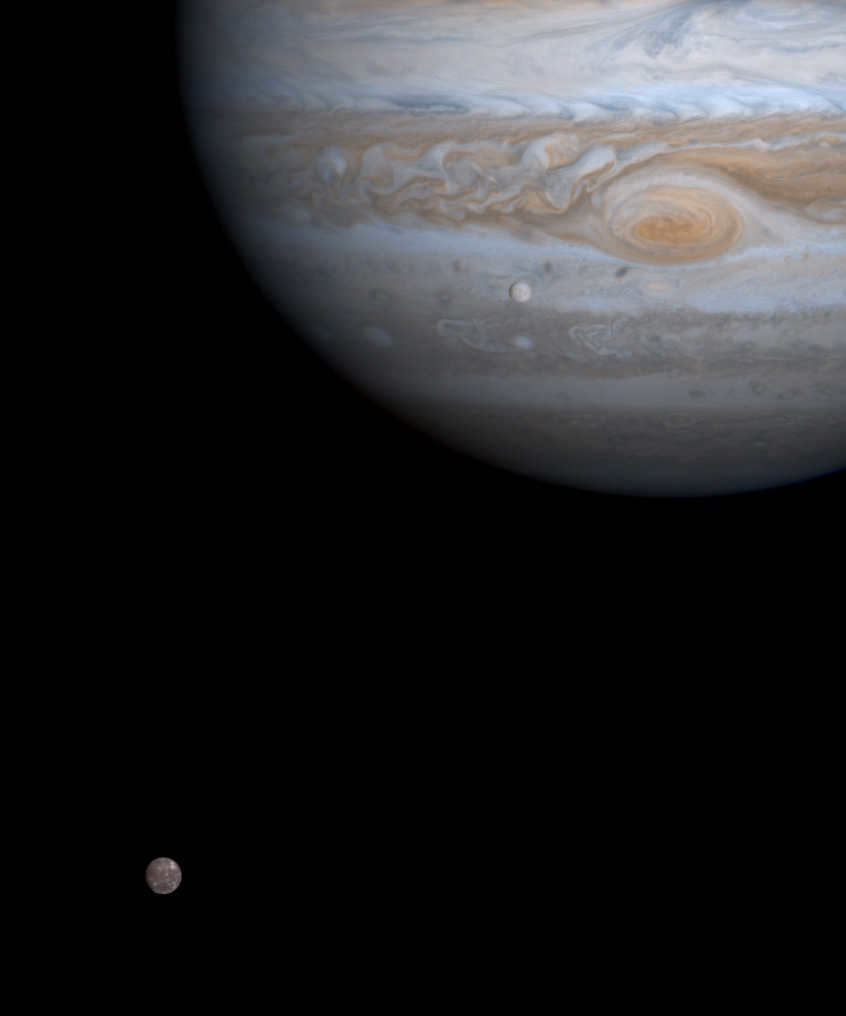
7. Dactylus: A Unique Satellite of an Asteroid
Dactylus, with its length measuring around 1.6 kilometers, holds the distinction of being the smallest satellite within the solar system. What makes it even more remarkable is that it is one of the limited number of moons that orbits asteroids, the small celestial bodies.
In the realm of Greek mythology, Ida was the designated name for a mountain inhabited by tiny creatures known as dactyli, or fingers. Hence, it is only fitting that the companion of the asteroid Ida should be christened Dactylus.
6. Epimetheus and Janus – the never-ending competition
Epimetheus and Janus, the two moons of Saturn, follow remarkably similar orbits, likely because they were once part of a singular entity in ancient times. However, every four years, they engage in a fascinating race, swapping positions without ever coming close to colliding.

5. Enceladus, the giant.
Enceladus is one of Saturn’s largest inner moons. The surface of Enceladus reflects almost all of the sunlight that falls on it, making it the most reflective celestial body in the solar system.
Enceladus is also home to geysers that expel water vapor and dust into outer space. Scientists believe that the volcanic activity of this moon is responsible for Saturn’s E ring, which Enceladus orbits through.
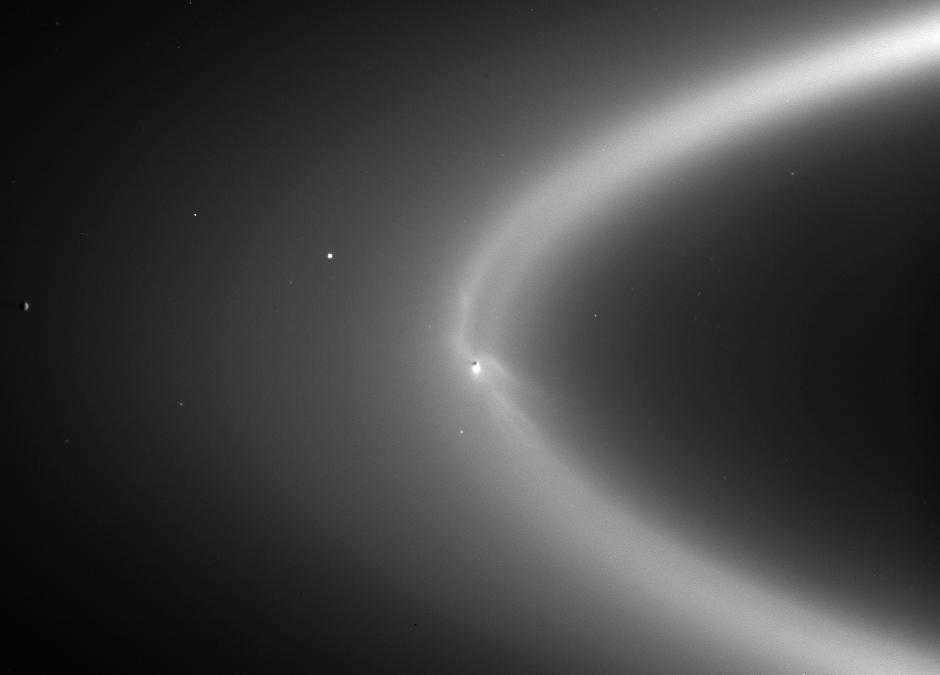
4. Triton: A Moon with Frozen Volcanoes
Triton, the largest moon of Neptune, stands out for its unique orbit. Unlike any other moon in the solar system, Triton orbits its planet in the opposite direction to its motion around the Sun.
One of the most fascinating features of Triton is its icy volcanoes. Unlike typical volcanoes that spew out molten lava, the volcanoes on this Neptunian moon release a mixture of water and ammonia, which instantly freeze at the extremely low temperatures found on Triton.
Thanks to its icy surface, Triton is a highly reflective celestial body, making it appear very bright as it reflects a large portion of the sunlight that reaches it.
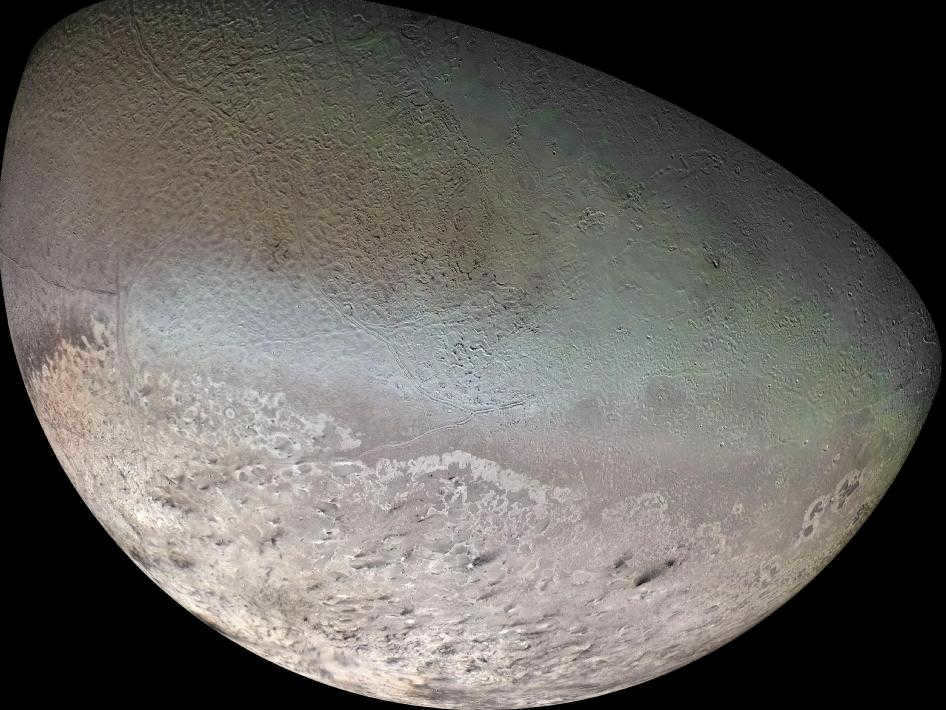
3. Europa: The Oceanic Satellite
Europa is Jupiter’s moon and it boasts the smoothest surface found in the entire solar system. The unique characteristic of Europa lies in the fact that it is entirely covered by an ocean concealed beneath a thick layer of ice.
Beneath this icy exterior lies an immense body of water, which is kept warm by the moon’s internal core and the constant tidal currents generated by Jupiter’s gravitational forces. It is worth noting that Europa’s ocean contains two to three times more water than all of Earth’s oceans combined.
Based on the calculations of certain researchers, it is possible that the oceanic waters on Europa could reach temperatures that are conducive to the existence of life on this moon of Jupiter. Furthermore, it is not limited to just bacteria, but could potentially support the development of more intricate and substantial life forms.
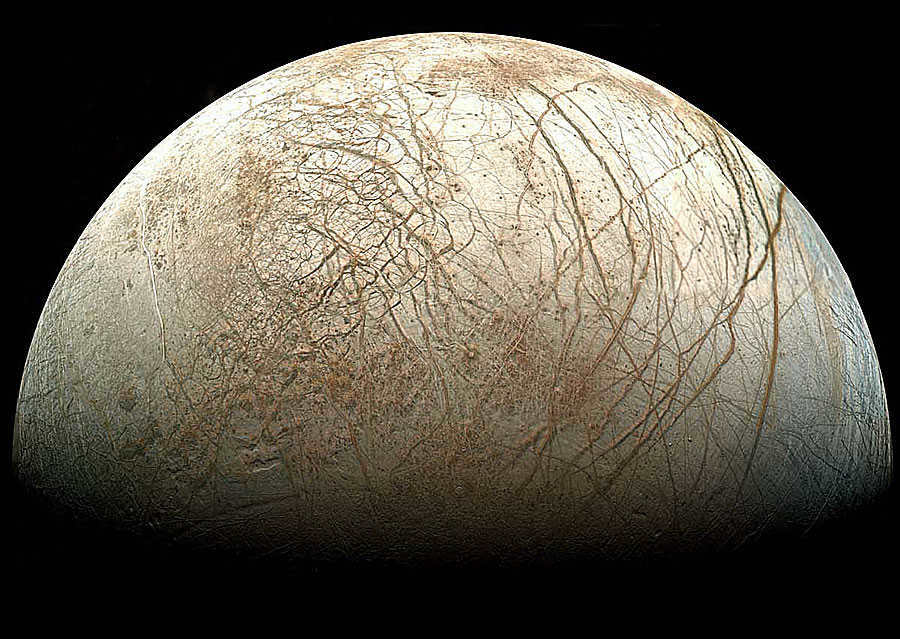
2. Io: A Fiery Volcanic World
The relentless gravitational pull from its parent planet Jupiter causes Io’s interior to heat up, resulting in constant volcanic activity.
The surface of Io is completely covered in volcanoes, with over 400 currently active. The eruptions are so frequent that the Voyager spacecraft, passing by the moon, was able to capture some of them on camera.
However, due to the rapid flow of lava, craters on Io are almost impossible to observe as they are immediately filled in.
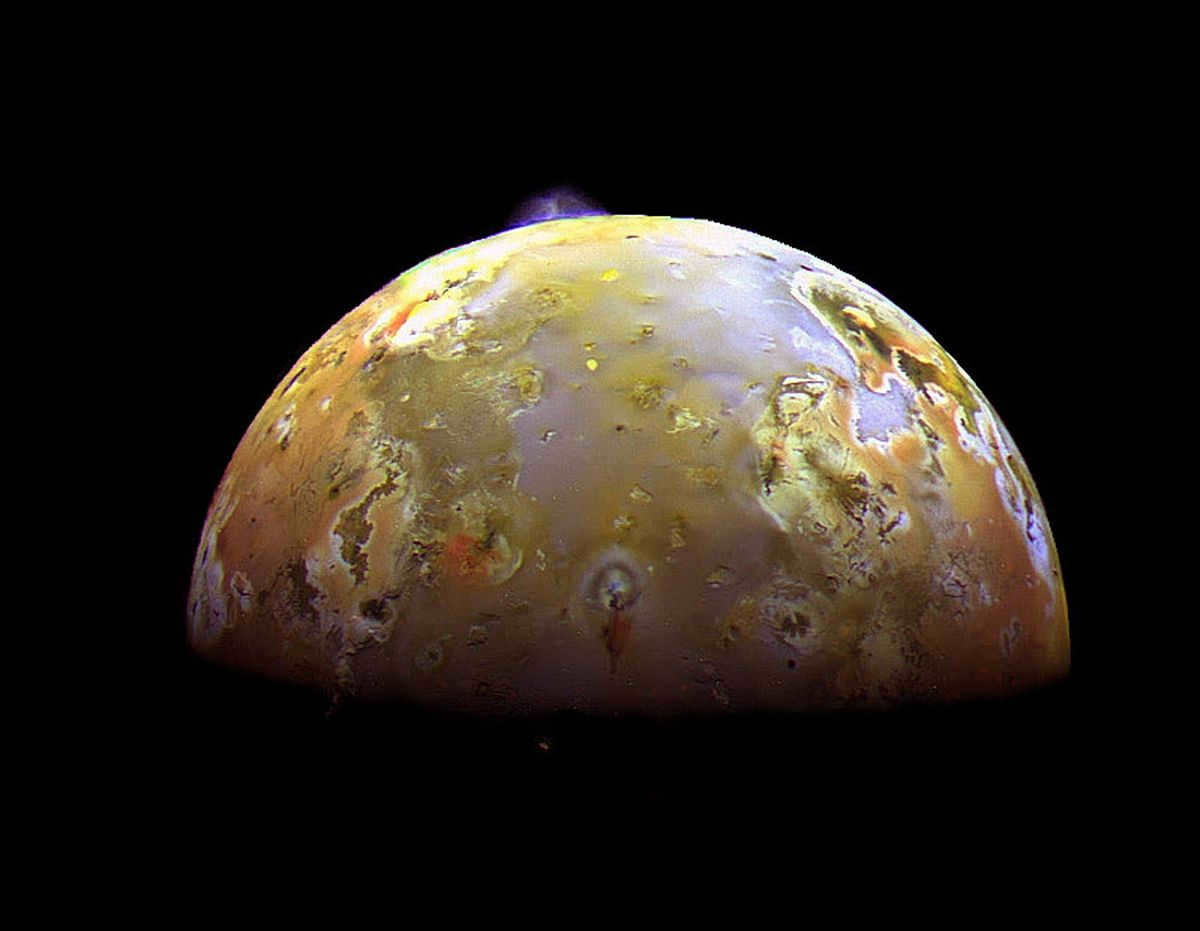
1. Titan – the Optimal Choice for Human Settlement
Titan, one of the most peculiar moons in our solar system, holds many intriguing mysteries waiting to be unraveled. Notably, it possesses an atmosphere, and a denser one compared to that of Earth. Nitrogen dominates Titan’s atmosphere, although other gases, including methane, are also present.
For an extended period, the composition beneath the thick veil of titanium clouds remained a puzzle. However, in 2005, the Cassini-Huygens mission captured images that confirmed the existence of lakes and rivers brimming with methane and ethane on Titan’s surface.
Additionally, scientists speculate the presence of subterranean reservoirs on Titan, which, coupled with its low gravity, renders it the most promising candidate for future human colonization among all the satellites within our solar system.
Natural satellites play a significant role in the life of their host planets. They help to stabilize climate patterns, provide protection against extraterrestrial objects, and regulate orbital movements. Jupiter is home to the largest satellite in the solar system, while Earth’s Moon ranks fifth among the giant satellites.
Scientists believe that many satellites were originally asteroids that were attracted to the main planet by gravitational forces and began orbiting it along a consistent path. Another theory suggests that these “moons” are actually fragments of a planetary body that broke off during catastrophic events.
Ranking the Largest Satellites in the Solar System
Prior to the 17th century, humanity was only aware of the Moon as a satellite, until Galileo Galilei first observed the night sky through a telescope. In 1610, this renowned scientist discovered four satellites orbiting Jupiter, proving that Earth is not the only celestial body with “companions”.
As of now, there are 173 moons in the solar system, or 186 if we include the dwarf planets. Most of these moons are composed of a mixture of rock and ice, lacking a metallic core and atmosphere. NASA experts are particularly interested in the larger satellites, as they are potential candidates for hosting extraterrestrial life or serving as future colonization sites for humans.
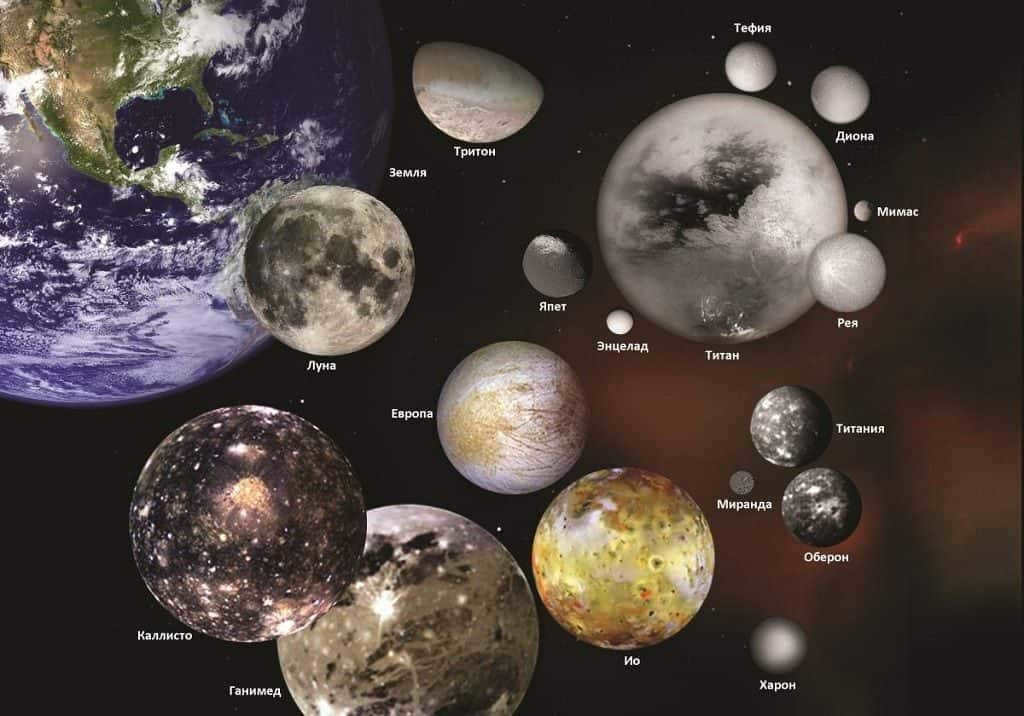
Top 10 colossal “moons”
| Top Ranking | Celestial Body | Size | Summary |
| 10 | Oberon/Uranus | 1523 km | Discovered by William Herschel in 1787, Oberon is the second largest moon of Uranus. It is named after a character in Shakespeare’s play, A Midsummer Night’s Dream. |
| 9 | Rhea/Saturn | 1529 km. | Giovanni Cassini discovered Rhea in 1672. It is primarily composed of water ice and has a thin atmosphere. The moon is named after an ancient Greek goddess. |
| 8 | Titania/Uranus | 1578 km | The largest moon of Uranus, Titania was discovered by W. Herschel in 1787. It is named after Oberon’s wife in Shakespeare’s play. |
| 7 | Triton/Neptune | 2707 km | William Lassell discovered Triton in 1846. Its retrograde motion and similar composition to Pluto suggest that it was captured from the Kuiper Belt. |
| 6 | Europa/Jupiter | 3122 kilometers | One of the four moons discovered by Galileo in 1610, Europa may have an ocean beneath its icy surface that could support life. |
| 5 | Moon/Earth | 3475 kilometers | The Moon is the closest satellite to the Sun and the second brightest object in our sky. It is the largest moon relative to its planet and is considered a prime candidate for future colonization. |
| 4 | Io/Jupiter | 3,643 kilometers. | Discovered by Galileo, Io is the most geologically active body in the solar system with over 400 active volcanoes. It is named after a Greek priestess and the lover of Zeus (Jupiter). |
| 3 | Callisto/Jupiter | 4821 km | Discovered by Galileo, Callisto is nearly the same size as Mercury but only one-third of its mass. It is named after a nymph who was a companion of Artemis. |
| 2 | Titan/Saturn | 5150 km | Discovered by Christiaan Huygens in 1655, Titan is Saturn’s largest moon. It is the second celestial body with extensive water surfaces after Earth and has a dense atmosphere. Scientists suspect the presence of primitive organisms. NASA is considering the possibility of establishing a colony here in the 21st century. |
Given its unique properties and composition, this colossal entity merits further discussion.
Overview of the cosmos
As the seventh farthest moon from Jupiter, Ganymede stands out with its impressive dimensions and substantial mass compared to its celestial siblings. Measuring 5,268 km in diameter, Ganymede surpasses its primary competitor, Titan, by 2%.
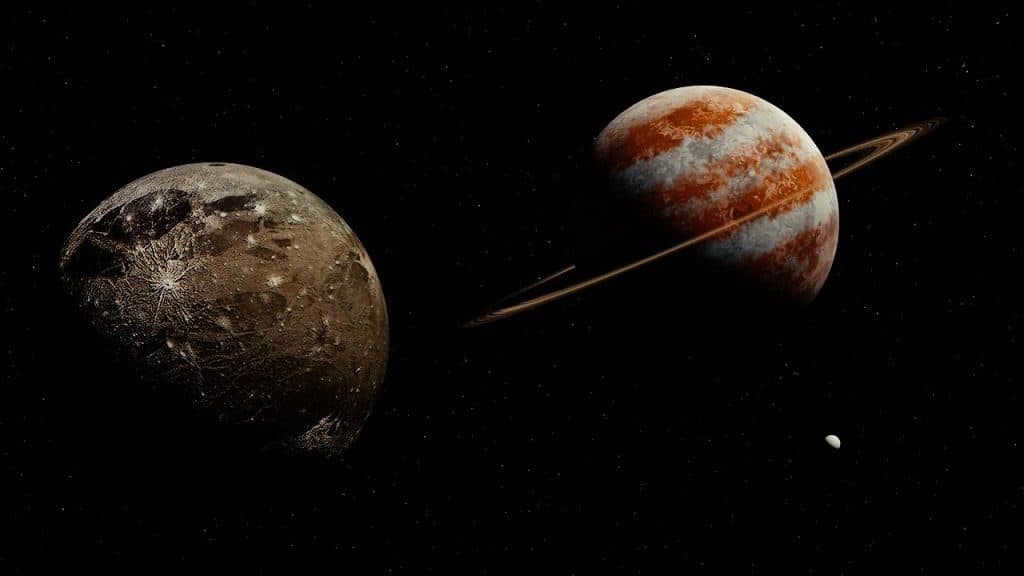
The magnitude of the giant satellites surpasses that of Mercury and Pluto (assuming the latter is still classified as a planet) and is only slightly smaller than Mars. It is easily visible on a clear night, even without the aid of a telescope. If this colossal object orbited the Sun, it could be designated as a planet.
Despite its impressive size, Ganymede is 2.2 times less dense than Mercury. This is attributed to the low density of its core and the abundance of water ice in its upper mantle.
The moon is believed to be approximately 4.5 billion years old. It came into existence shortly after the formation of Jupiter, emerging from the gravitational pull of particles in the surrounding space. This entire process occurred within a relatively brief span of 10,000 years, which is considered relatively short for celestial bodies of this nature.
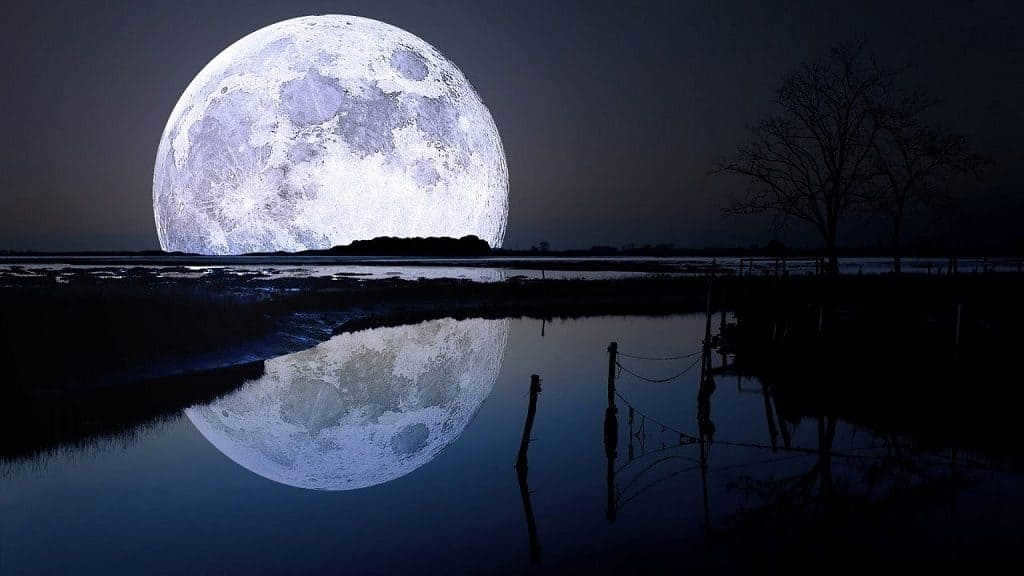
Here’s something fascinating:
According to reports, Ganymede was initially detected by Chinese astronomer Gan De in 364 B.C. His records mention his observation of Jupiter’s brilliant satellite. Considering that the ancient scientist didn’t have any advanced equipment, it would have been impossible for him to see the other “moons” that are typically obscured by the planet’s brightness.
However, officially credit for the discovery goes to Galileo Galilei. In the realm of space near Jupiter on January 7, 1610, the brilliant Italian astronomer spotted a total of 4 objects, which were later categorized as the “Galilean satellites”: Ganymede, Io, Europa, and Callisto. On January 15, Galileo announced his groundbreaking find, referring to them as the “Medici planets” and giving them ordinal numbers. Interestingly, Ganymede was originally referred to as “Jupiter III” until the 20th century, when it was officially given its current name by German astronomer Simon Maria in 1614.
Out of the Galilean satellites, Ganymede is the only one with a distinctly “male form”.
Jupiter, the Lord of the Olympic gods (known as Zeus in Greek mythology), was not satisfied with the presence of his wife Juno (Hera) and often sought solace with earthly nymphs and maidens. Throughout different periods, Io, Europa, and Callisto were all favored by the amorous Olympian, which is why the planet’s moons are named after them.
Ganymede, on the other hand, was the only young man who captured the attention of the primary deity of the Roman pantheon, according to ancient legends. He is mentioned in Homer’s “Iliad” as the son of Trojan ruler Tros. Enchanted by the boy’s otherworldly beauty, Jupiter transformed into a massive eagle and carried him to Olympus.

After receiving eternal life, the young Greek became the principal cupbearer of his celestial benefactor. He now serves nectar and ambrosia at divine banquets, taking the place of Hera. It is no wonder that the largest moon of Jupiter was named in his honor.
Formation of the largest moon of Jupiter
The swift formation of Ganymede during its early stages resulted in the creation of a relatively compact nucleus composed of rock and liquid metal. It continues to retain heat by transferring it to the icy mantle. Through this process, an underground ocean has formed between the core and the cooled surface, approximately 200 kilometers below the surface. Scientists speculate that this subterranean ocean could potentially support the development of basic life forms.
Ganymede stands apart from the other satellites of Jupiter in that it is a differentiated celestial body, sharing a structural resemblance to Earth’s Moon. As the various components of differing mass separate, the moon releases energy that generates a thermal field. This accounts for its remarkable luminosity, which can be observed from our planet.
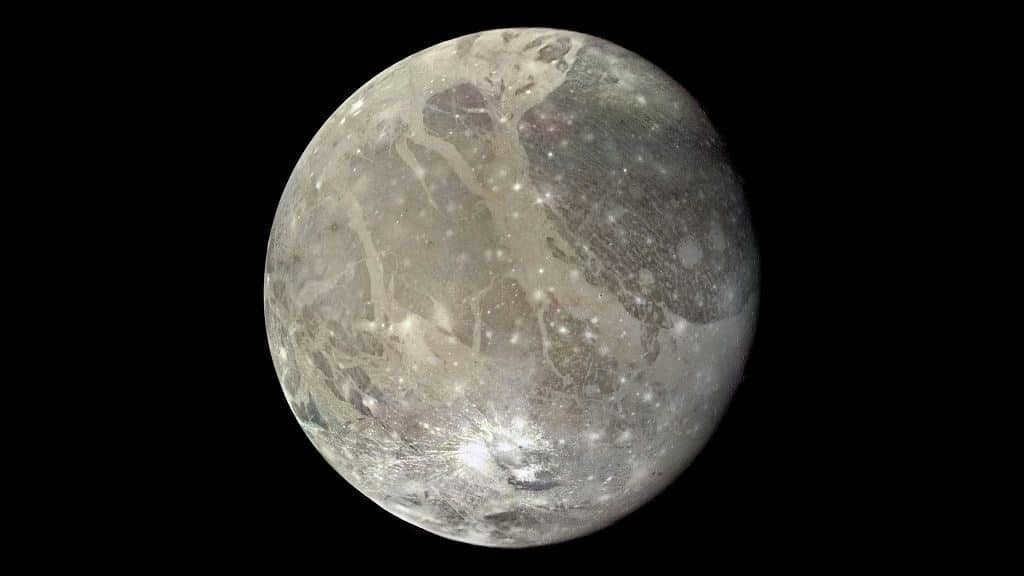

Ganymede, one of Jupiter’s moons, displays a fascinating landscape characterized by a combination of ancient and young formations. Approximately one-third of the moon’s surface consists of ancient areas that have been preserved since its formation. These areas are characterized by their dark appearance and numerous impact craters. On the other hand, the remaining two-thirds of the moon’s surface are covered in young formations, which are brighter and exhibit a complex geological structure. It is believed that this region continues to experience tectonic activity.
Scientists have also detected the presence of oxygen, ozone, and a small amount of hydrogen in Ganymede’s exosphere. It is possible that the moon also possesses an ionosphere, although further research is required to confirm this hypothesis.
There is an intriguing fact about the satellite-giant: it possesses its own magnetosphere. None of the other “moons” in the solar system can claim such a fascinating feature.
The magnetosphere’s presence has resulted in the creation of polar caps above 40º latitudes. These caps consist of frozen water molecules (hoarfrost) that deflect the plasma particles bombarding the icy surface.
The largest satellite of Jupiter and its “host” are positioned approximately 1,070,400 km apart. It completes a full orbit around the planet in a period of 7 days and 3 hours.
Ganymede always presents the same side to Jupiter. This giant satellite is in an orbital resonance with Io and Europa, with a ratio of 1:4:2 respectively. This means that while Ganymede completes 1 revolution around Jupiter, Io manages to complete 4 revolutions and Europa completes 2.
Interesting facts about Ganymede
- The first time satellites were photographed near the automatic interplanetary station “Pioneer” owned by NASA. This happened in 1973-74. Another 5 years later, two AMS systems “Voyager” conducted more detailed studies, capturing high-quality images of the celestial body’s surface and taking accurate measurements. It was during this time that they discovered Ganymede, Jupiter’s satellite, surpassed Titan in diameter, which was previously considered the largest in its category.
- In 1996, the Galileo research device revealed that Ganymede has its own magnetosphere, which is 2 to 2.5 times larger than its size.
- The supposed depth of the underground ocean on the moon of Jupiter is approximately 800 km, making it significantly deeper than any body of water on Earth. Additionally, the volume of water on this moon is estimated to be 25 times greater than that of Earth. Furthermore, the water on this moon is several times more brackish than any other known body of water.
- In 2015, the Hubble telescope observed the presence of northern lights at both poles of this satellite.
- NASA has included this massive Jupiterian moon in its colonization program, as it is believed to offer numerous advantages over other ice-covered moons in the solar system.
Giant versus Dwarf
Not only is it recognized as the largest, but also the tiniest satellite within the solar system. It isn’t associated with a planet, but rather with the Ida asteroid within the Coronoid Family cluster situated in the Main Belt between Mars and Jupiter.
The “Infant” was given the name Dactylus – in Greek mythology, it refers to a diminutive demon who served the titanid Rhea. According to legends, similar creatures lived in Crete on Mount Ida’s summit. Dactyli were believed to have emerged from the furrows created by Rhea’s fingers as she writhed in labor pain.
The smallest satellite was discovered on August 26, 1996, by the Galileo research spacecraft. With a diameter of 1.4 km, it is approximately 5000 times tinier compared to Ganymede.
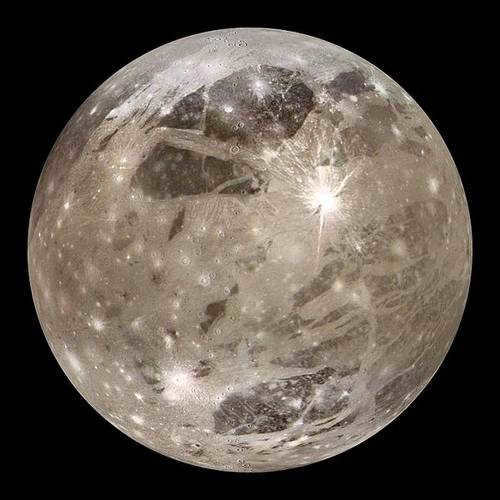
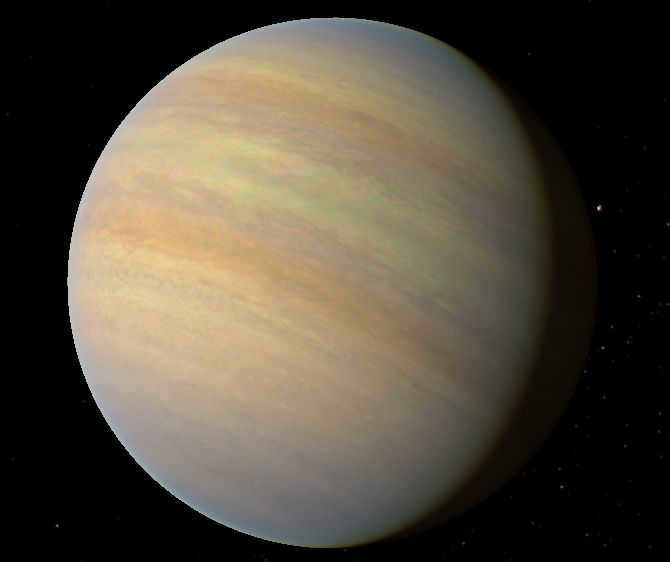
Ganymede, the largest moon in our solar system, orbits around the planet Jupiter. With a diameter of 5,262 kilometers, it surpasses both Mercury and Pluto in size, leading some to consider it a planet in its own right if it were in orbit around the Sun. One of its notable features is its magnetic field, which sets it apart from other celestial objects of its kind. The moon was initially discovered by the Italian astronomer Galileo Galilei on January 7, 1610. Ganymede is located approximately 1,070,400 kilometers away from Jupiter and completes its orbit in 7.1 Earth days. Its surface is characterized by two distinct types of terrain: lighter, younger areas and a darker region with numerous craters. The moon’s thin atmosphere contains scattered oxygen molecules. Ganymede is primarily composed of frozen water and rocks, and there is speculation that it may harbor underground oceans. The name “Ganymede” is derived from the prince in Greek mythology.
Classification of Satellites
There are two types of satellites: natural and artificial. Natural satellites are those that occur naturally, such as the moon orbiting the Earth. Artificial satellites, also known as man-made satellites, are spacecraft that are created by humans. These satellites are used for various purposes, including observing the planet they orbit and other celestial objects. They are often used to study weather patterns, monitor radio transmissions, analyze changes in the planet’s surface, and for military applications.
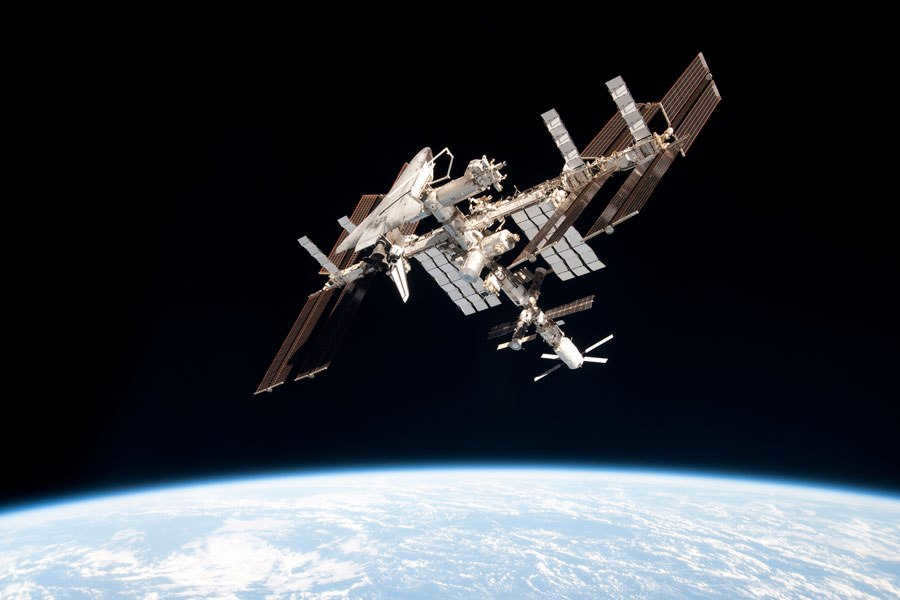
The ISS is known as the largest man-made satellite orbiting the Earth.
It’s important to mention that it’s not only the Earth that has artificial satellites, contrary to popular belief. More than a dozen man-made satellites orbit around Venus and Mars, the two closest planets to us. These satellites enable us to study climate conditions, changes in the landscape, and gather other relevant information about our neighboring celestial bodies.
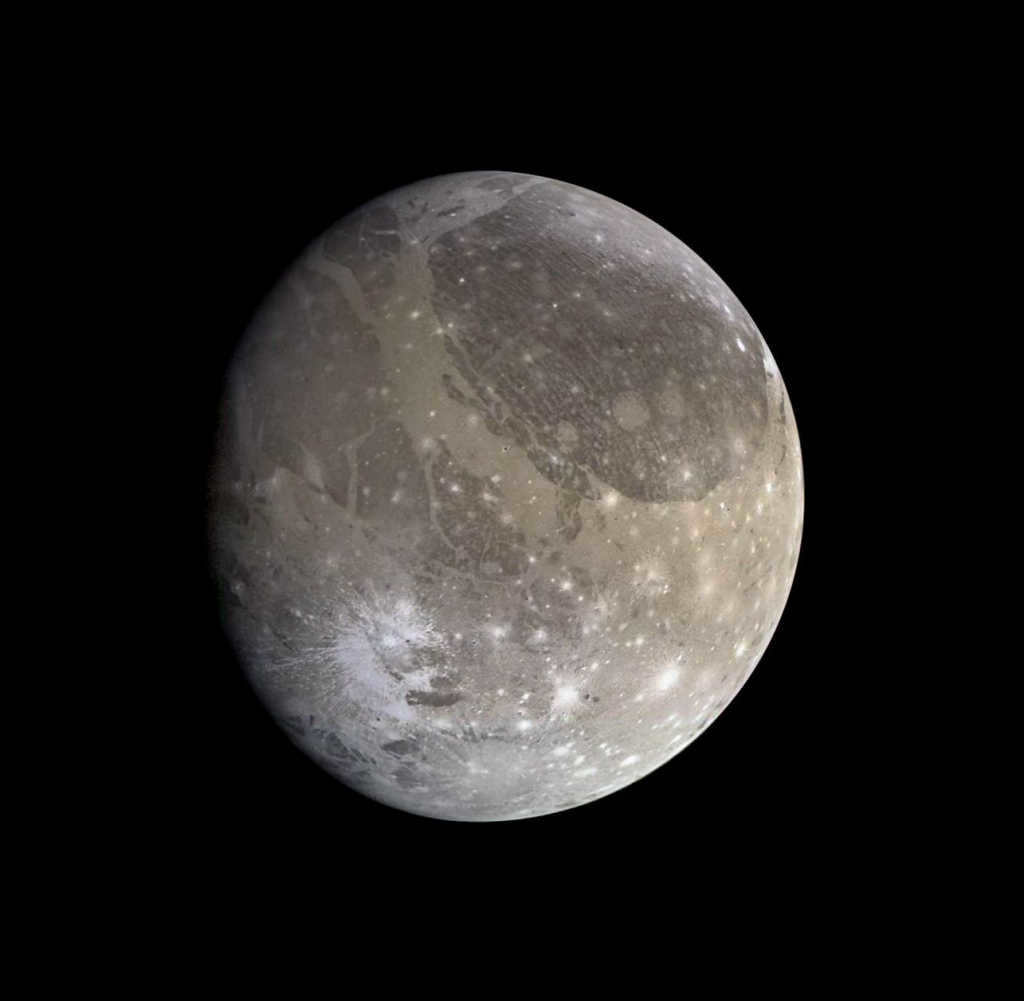

Ganymede is the biggest moon in the entire solar system
The second classification of satellites, known as natural satellites, holds significant fascination for us in this article. Natural satellites, unlike artificial satellites, are not man-made, but rather occur naturally. It is widely believed that the majority of the solar system’s satellites are asteroids that have been captured by the gravitational forces of the planets within this system. Over time, these asteroids have assumed a spherical shape and now orbit their capturing planet as permanent satellites. Another theory suggests that the natural satellites of planets are fragments of the planets themselves that have broken away for various reasons during the planet’s formation. Interestingly, this theory provides an explanation for the origin of Earth’s natural satellite, the Moon. Chemical analysis of the Moon’s composition supports this theory, as it reveals that the chemical makeup of the satellite closely resembles that of our planet, with similar chemical compounds present in both the Moon and Earth.
Europa, one of Jupiter’s moons, boasts the smoothest surface in our entire solar system. It’s fascinating to note that this moon is completely enveloped by an icy crust, concealing an extensive ocean beneath.
Deep beneath the icy exterior lies a vast expanse of water, warmed by the moon’s inner core and the constant ebb and flow of tidal currents caused by Jupiter’s gravitational forces. Remarkably, Europa’s ocean contains 2-3 times more water than all the Earth’s oceans combined.
Scientists speculate that the ocean waters on Europa may even be warm enough to support life. And we’re not talking about simple bacteria, but potentially complex and sizable organisms.
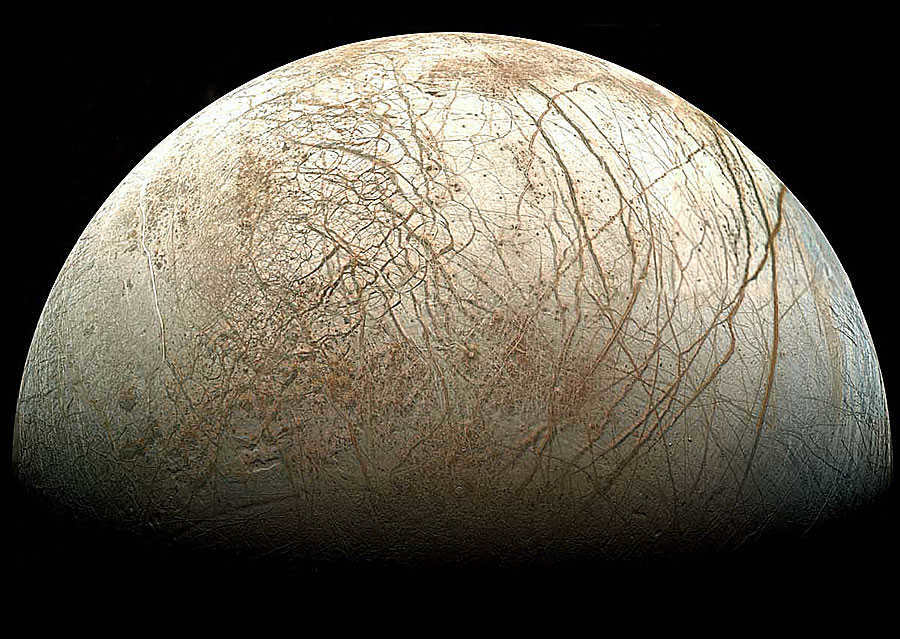
Europa / © NASA
The comet with the longest observation period
Observations of Halley’s Comet, also known as 1P / Halley’s Comet, can be traced back to 239 BC. No other comet with a regular orbit has such a long historical record as Halley’s Comet. This comet is truly unique, having been observed 30 times over the course of two thousand years. Its size and activity levels set it apart from other periodic comets.
The comet was named after Edmund Halley, who discovered the correlation between its previous appearances and predicted its return in 1758-59. In 1986, the Giotto spacecraft successfully photographed the nucleus of Halley’s Comet from a distance of just 10,000 kilometers. The nucleus measured 15 kilometers in length and 8 kilometers in width. The iconic comet’s coma and tail are created when the sun heats up its nucleus, causing gas and dust emissions to burst through the icy covering.
The most observed comet
The periodic comet 2P / Encke holds the record for the highest number of recorded returns to Earth. Due to its proximity to the Sun, it never strays more than 4 astronomical units away and rarely ventures beyond the asteroid belt. Thanks to advanced observational techniques, the comet can be observed almost continuously. What sets Comet 2P / Encke apart is its highly unusual orbit, with a period of only 3.3 years, making it much shorter than any other periodic comet. The comet’s existence was independently discovered by Pierre Mechene in 1786, Caroline Herschel in 1795, and Jean Louis Pons in 1805 and 1818. However, it was not until 1819 that Johannes Encke realized that all these observations were of the same comet and determined its orbit.
5. Enceladus the colcenosaurus.
Enceladus is a colossal dinosaur-like creature that resides on one of Saturn’s large inner satellites. The surface of Enceladus reflects an astounding amount of sunlight, making it the most radiant celestial body in the entire solar system.
In addition to its luminosity, Enceladus possesses remarkable geysers that eject water vapor and dust into the depths of space. Scientists theorize that these geysers are a result of the volcanic activity on Enceladus, which ultimately led to the formation of Saturn’s E ring, the very ring through which Enceladus gracefully orbits.
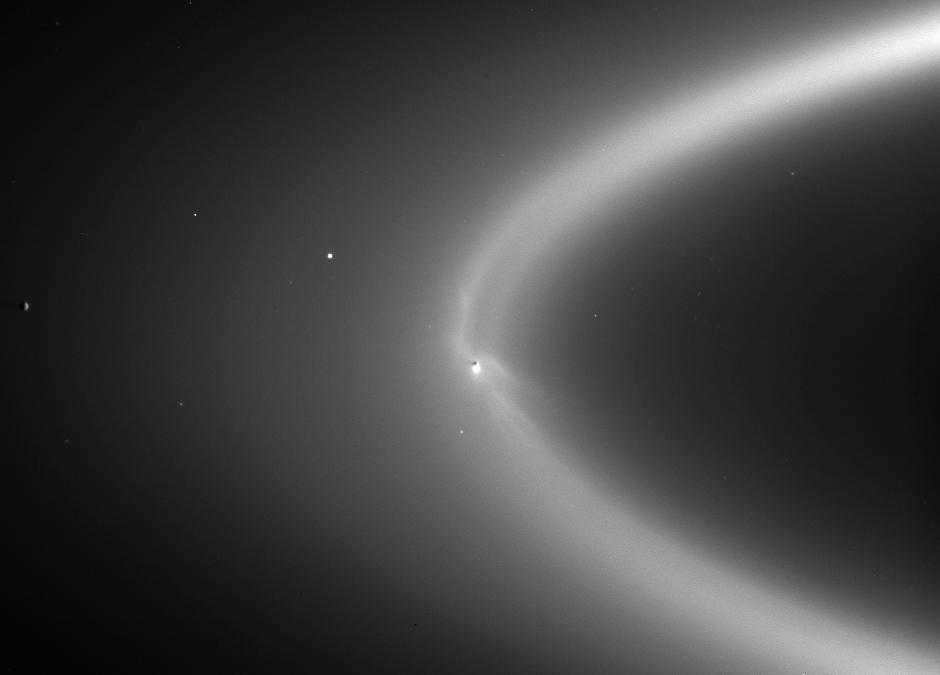
E ring and Enceladus / © NASA
The planet with the highest temperature
Venus is considered the planet with the highest temperature in the solar system, with a surface temperature ranging from 460 to 480 °C. The primary reason for Venus’ high surface temperature is its dense atmosphere, which is composed mainly of carbon dioxide. This atmosphere acts as an insulating blanket, causing the average surface temperature of Venus to be 400 degrees Celsius higher than it would be without an atmosphere. While solar heat is able to penetrate Venus’ clouds, the presence of carbon dioxide in the atmosphere results in a phenomenon known as the greenhouse effect.
During the initial stages of the solar system’s existence, when the sun’s radiance was not as intense as it is presently, Venus experienced lower temperatures. Additionally, it is likely that there were vast oceans of liquid water on the planet. However, over time, the water gradually evaporated, resulting in the establishment of a greenhouse effect. Unfortunately, after approximately one million years, all of the water was lost to the vacuum of space. Consequently, as the temperature increased, a greater amount of carbon dioxide was released from the planet’s surface rocks, leading to a rapid intensification of the greenhouse effect. As a result, in modern times, we are experiencing the phenomenon of global warming.
6. Epimetheus and Janus – the never-ending competition.
Epimetheus and Janus, the two moons of Saturn, perpetually engage in a celestial race as they navigate nearly identical orbits. It is speculated that these celestial bodies have been intertwined since ancient times, potentially originating from a singular entity. Fascinatingly, every four years, they seamlessly switch positions, skillfully evading any potential collision.

Epimetheus and Janus / © NASA
The most massive moons in the Universe
It’s time to get acquainted with the largest exolunes discovered so far. It is probable that numerous planets in the Universe possess natural satellites, however, the search for these moons remains the most challenging task for humanity at present.
Only recently have we acquired the ability to detect planets in other star systems, making the search for exolunes even more arduous. Nevertheless, the scientific community has compiled a small roster of potential former satellites.
The exoplanet Kepler-1625b is in orbit around a yellow star located 4,000 light-years from our position. It is a massive planet made primarily of gas, with a radius ranging from 5 to 12 times larger than that of Jupiter. In the year 2017, astronomers using the Kepler telescope discovered a potential moon accompanying this exoplanet through the transit method.
Preliminary estimates suggest that this moon is situated at a distance of 20 radii from its host planet and has a size comparable to that of Neptune. Isn’t it fascinating? What’s even more intriguing is that both the planet and its moon reside within the habitable zone.
MOA-2011-BLG-262L
The debate over the status of this dual facility is ongoing, with two main versions being considered.
The initial version proposes that it is a red dwarf star, with a mass equivalent to 10% of the Sun, around which a planet orbits that is 17-18 times more massive than Earth. However, our focus lies on the second version, which appears to be more plausible.
Advocates of the second version argue that the binary object is actually a rogue planet in interstellar space, with a mass approximately 3-4 times that of Jupiter. It is believed to be accompanied by a satellite, whose mass is half that of Earth. TheBiggest.ru remains hopeful that the true nature of these objects will be accurately determined in the near future.
1. titan – the optimal choice for colonization
Titan is arguably the most peculiar moon in our Solar System. It has been widely acknowledged that its atmosphere is more dense compared to that of Earth. Nitrogen is the predominant gas in Titan’s atmosphere, though other gases, like methane, are also present.
For a long time, the composition beneath Titan’s thick clouds has remained a mystery. However, photographs captured by the Cassini-Huygens spacecraft in 2005 revealed the existence of lakes and rivers filled with methane and ethane.
Scientists have also hypothesized the existence of subterranean reservoirs, which, combined with its low gravitational pull, solidify Titan’s status as the supreme candidate for human colonization among all the moons in our solar system.
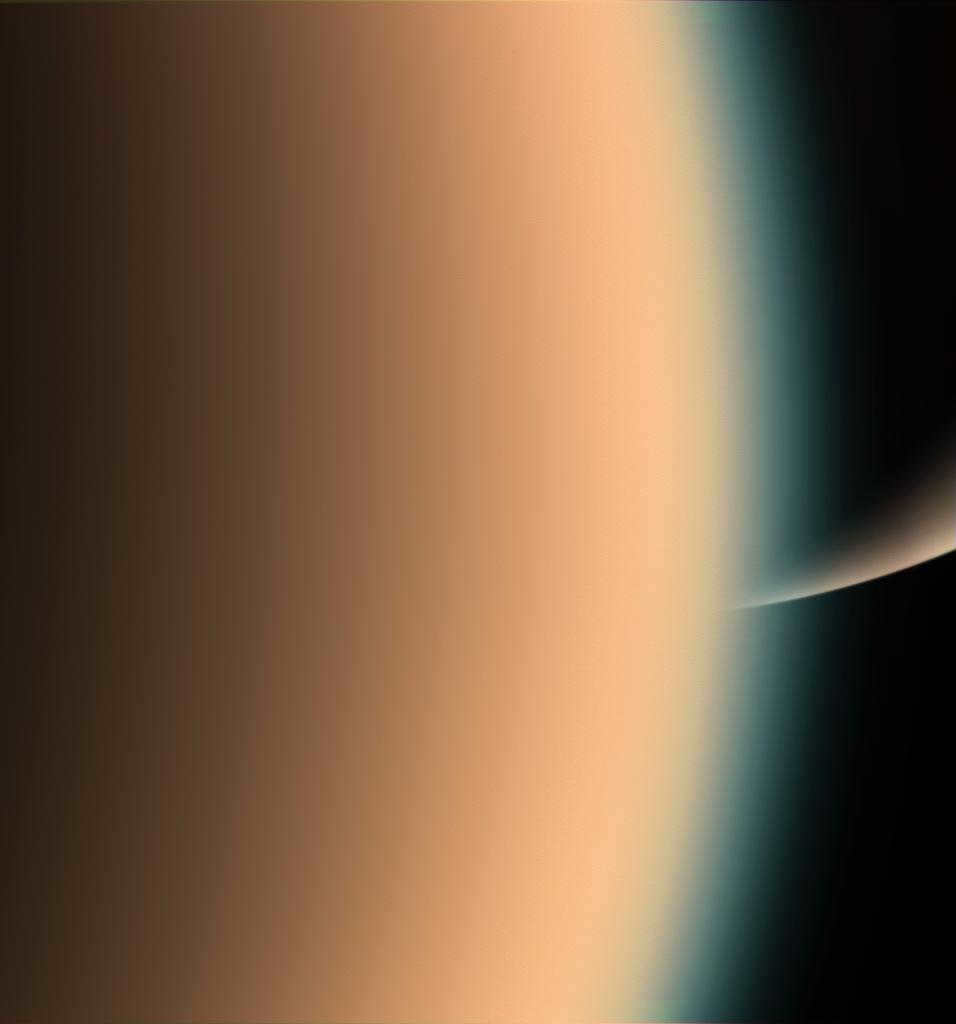
Titan’s upper atmosphere and Saturn’s south pole / ©
9. Miranda is an unattractive outlier
The moons orbiting Uranus are typically not known for their beauty, but Miranda stands out as an unattractive outlier among them. It appears as though the architect of all the moons in the solar system took the leftover debris from a long day of work and haphazardly threw it together in Uranus’ orbit.
However, if humans ever have the opportunity to land on this moon, they will be treated to extraordinary views of space. Miranda boasts the most diverse landscape in the entire solar system: massive ridges alternate with deep plains, and there are numerous canyons that are twelve times deeper than the famous Grand Canyon.
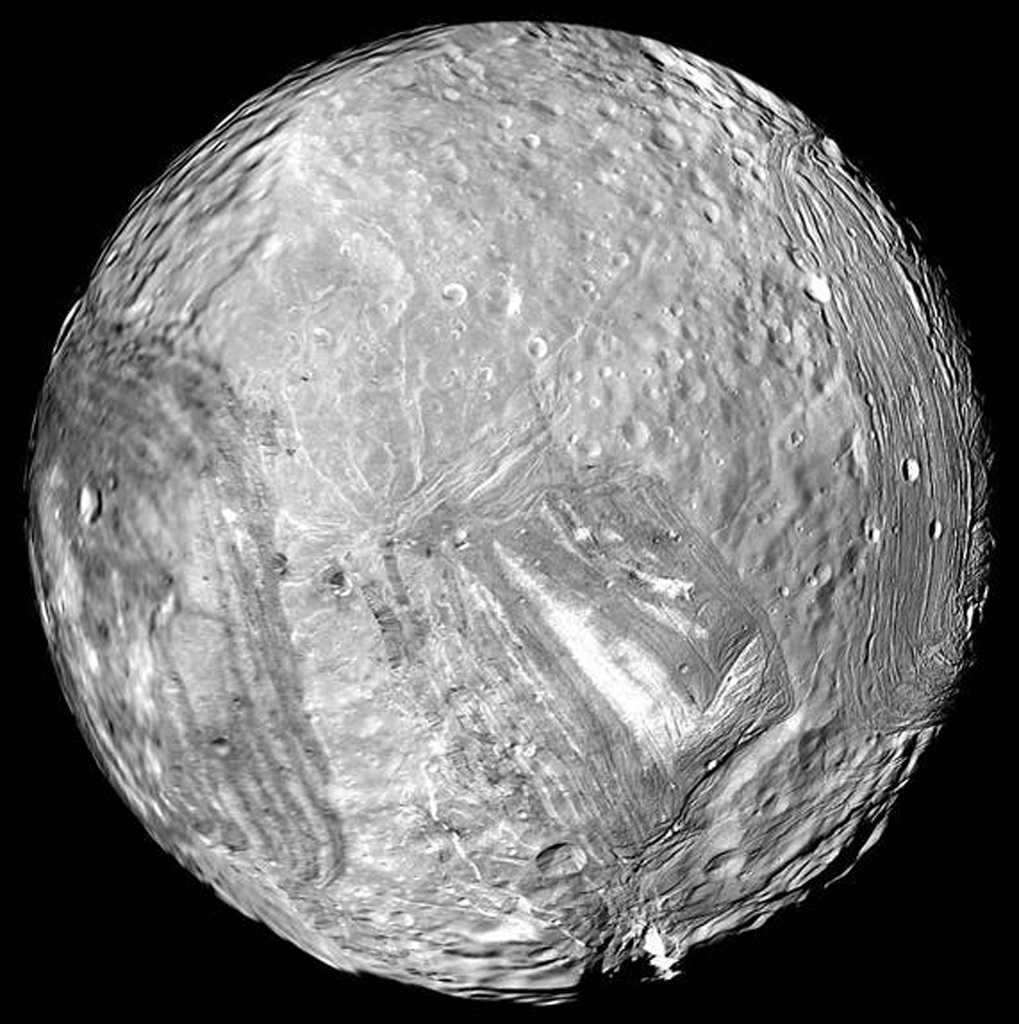
Miranda / © NASA
7. Dactylus: An Asteroid’s Satellite
Dactylus, measuring approximately 1.6 kilometers in length, holds the title for the smallest satellite in our Solar System. It stands out as one of the rare moons that orbits a small celestial body known as an asteroid.
In ancient Greek mythology, the mountain where the dactyli (tiny fingers) dwelled was named Ida. It is fitting, then, that the asteroid’s satellite would bear the moniker Dactylus.
Asteroid Ida and its companion Dactylus / © NASA
4. Triton – a moon with cryovolcanoes
Triton is Neptune’s largest moon. It is also the only moon in the solar system that orbits its planet in the opposite direction to its orbit around the Sun.
Triton is home to numerous cryovolcanoes, which differ from traditional volcanoes in that they release water and ammonia that freeze instantly in the extremely cold temperatures of this moon.
With its icy surface, Triton is highly reflective and appears very bright in the sky, reflecting the majority of the sunlight it receives.
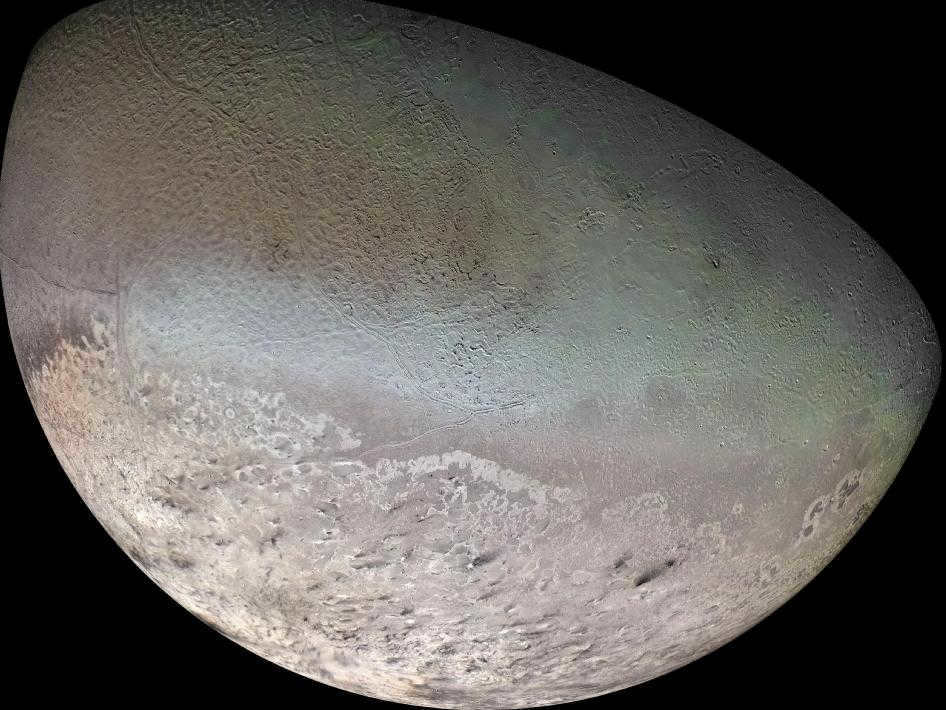
Triton / © NASA
Titan
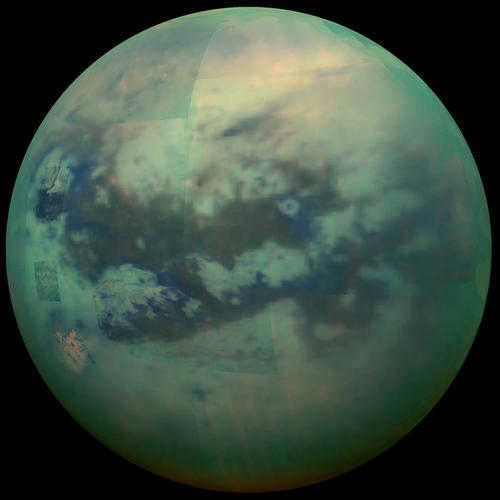
Titan, which has a diameter of 5,150 kilometers, is Saturn’s second largest satellite and one of the most unique bodies in our solar system. It was first observed by the Dutch astronomer Christian Huygens back in 1655. What sets Titan apart is its dense atmosphere, which is quite similar to that of Earth. In fact, it is composed of 90% nitrogen, with the remaining 10% consisting of methane, traces of ammonia, argon, and ethane. Another fascinating feature of Titan is its orbital period around Saturn, which takes a total of 16 days. But perhaps the most intriguing aspect of this satellite is the presence of seas and lakes on its surface, filled not with water, but with liquid hydrocarbons. This makes Titan the only other celestial body in our solar system, besides Earth, to have such bodies of liquid. The name “Titan” is derived from Greek mythology, paying homage to the ancient gods known as titans. When it comes to its composition, Titan is predominantly made up of ice and rocks.
The most luminous planet in the solar system
Once again, Venus takes the crown as the most luminous planet in our solar system. With a maximum stellar magnitude of -4.4, Venus shines the brightest. What sets Venus apart is its proximity to Earth and its ability to effectively reflect sunlight. This is due to the planet’s cloud-covered surface, which reflects an impressive 76% of the incident sunlight.
From the perspective of an Earth observer, Venus appears even brighter during its sickle phase. The reason behind this is that Venus’s orbit is closer to the Sun compared to Earth’s orbit. As a result, the disk of Venus is fully illuminated only when it is on the opposite side of the Sun. This also happens to be the time when Venus is at its farthest distance from Earth and appears to have the smallest apparent diameter.
The planet that has the most number of satellites
In the last ten years, numerous additional satellites have been detected in close proximity to enormous celestial bodies such as Jupiter, Saturn, Uranus, and Neptune. As of October 1, 2019, Saturn holds the record for the highest count of satellites with a total of 82. Jupiter comes in second with 79 satellites, followed by Uranus with 27, and Neptune with 14. It is highly probable that these planets still harbor undiscovered smaller moons. The exact origins of these satellites remain somewhat enigmatic, but it is widely believed that the larger satellites of these gas giants formed concurrently with their parent planets, while the smaller outer moons were later captured from asteroids.
8. Callisto Holds the Record for Craters
Callisto, one of Jupiter’s moons, bears a striking resemblance to the face of an adolescent with acne. Unlike other celestial bodies in the solar system, Callisto lacks any geologic activity, making it an anomaly. As a result, craters formed by meteorite impacts constantly overlap on its surface.
Finding an untouched area on Callisto is a daunting task, as the entire moon is adorned with an intricate web of craters. This distinction makes Callisto the undisputed champion of craters in our solar system.
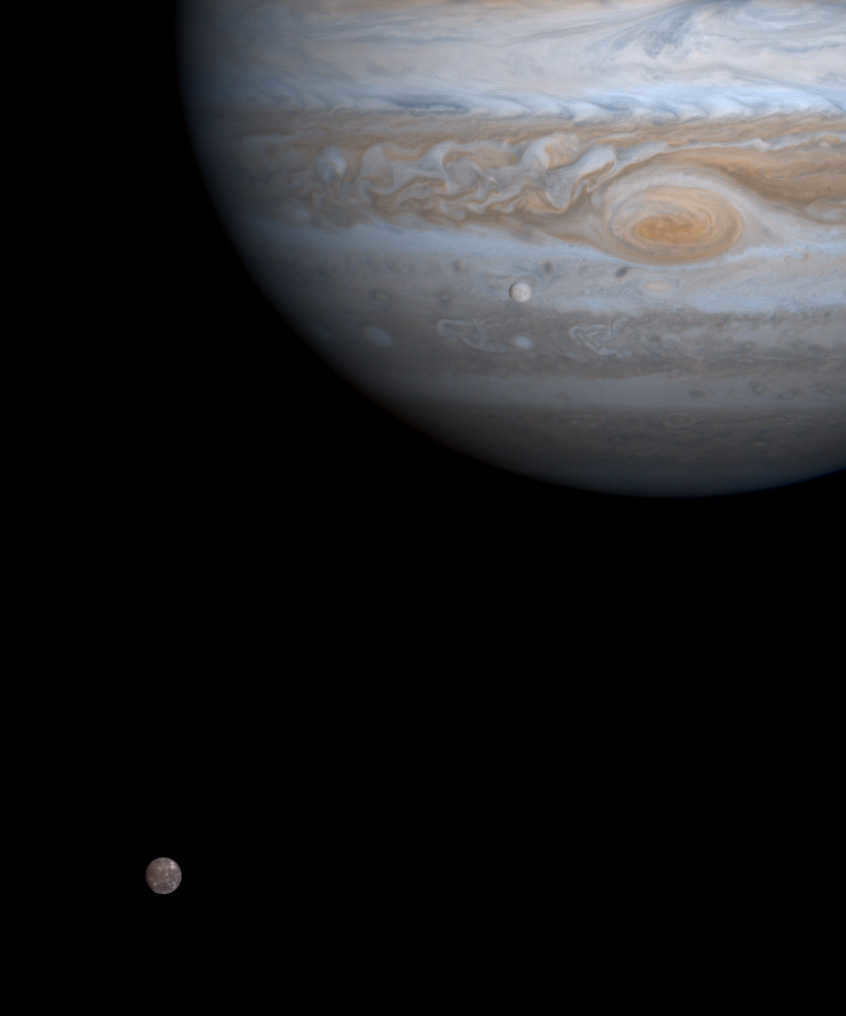
Callisto (positioned below and to the left), Jupiter (positioned above and to the right), and Europa (positioned below and to the left of the Great Red Spot) / © NASA
Exploring Callisto
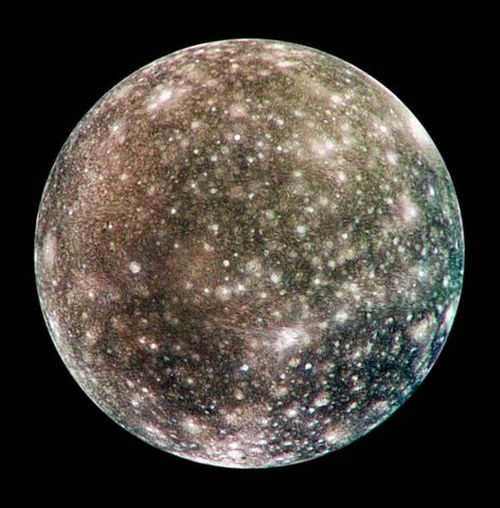
Callisto, the third largest satellite in the solar system, is the second largest satellite of Jupiter. It has a diameter of 4,821 kilometers and scientists estimate its age to be around 4.5 billion years. The surface of Callisto is mainly covered with craters. Galileo Galilei discovered Callisto on January 7, 1610, and it was named after a nymph from Greek mythology. Callisto completes an orbit around Jupiter in 16.7 Earth days, at a distance of about 1882,700 kilometers. Being the farthest satellite from Jupiter, it is not significantly affected by the planet’s powerful magnetosphere. The main components of Callisto are water ice, magnesium, and hydrated silicates. Its surface is dark, and it is believed to have a salty sea beneath it.
The planet with the most intense winds in our solar system
Neptune holds the record for the highest wind speeds among all the planets in our solar system. These incredible wind speeds are observed in the equatorial region of the planet. Large-scale atmospheric formations on Neptune move from east to west at a speed of approximately 325 m/s relative to the planet’s core. The smaller formations move at an even faster pace, nearly double that of the larger ones. As a result, the wind speeds at Neptune’s equator are almost reaching supersonic levels.
The speed of sound in Neptune’s atmosphere is estimated to be around 600 m/s. It is a well-known fact that all giant planets in our solar system experience strong winds. However, the reason behind the fastest atmospheric motion being observed specifically on Neptune remains unclear. It is possible that Neptune’s internal heat sources play a significant role in this phenomenon. Saturn, on the other hand, takes the second spot as the planet with the second highest wind speeds, which are approximately half of those observed on Neptune.
2. Io: A Fiery Volcanic World
Io, one of Jupiter’s moons, is an inferno of volcanic activity thanks to the constant gravitational tidal effect of its giant parent planet. This powerful force regularly warms Io’s interior, triggering a continuous eruption of volcanoes.
The entire surface of Io is a spectacle of volcanoes, with over 400 currently active ones. These eruptions occur so frequently that even the Voyager spacecraft, passing by the moon at a close distance, was able to witness some of them.
Interestingly, the volcanic activity on Io is so intense that it masks any evidence of craters. The erupting lava immediately fills and obscures them, making it nearly impossible to spot any craters on the moon’s surface.
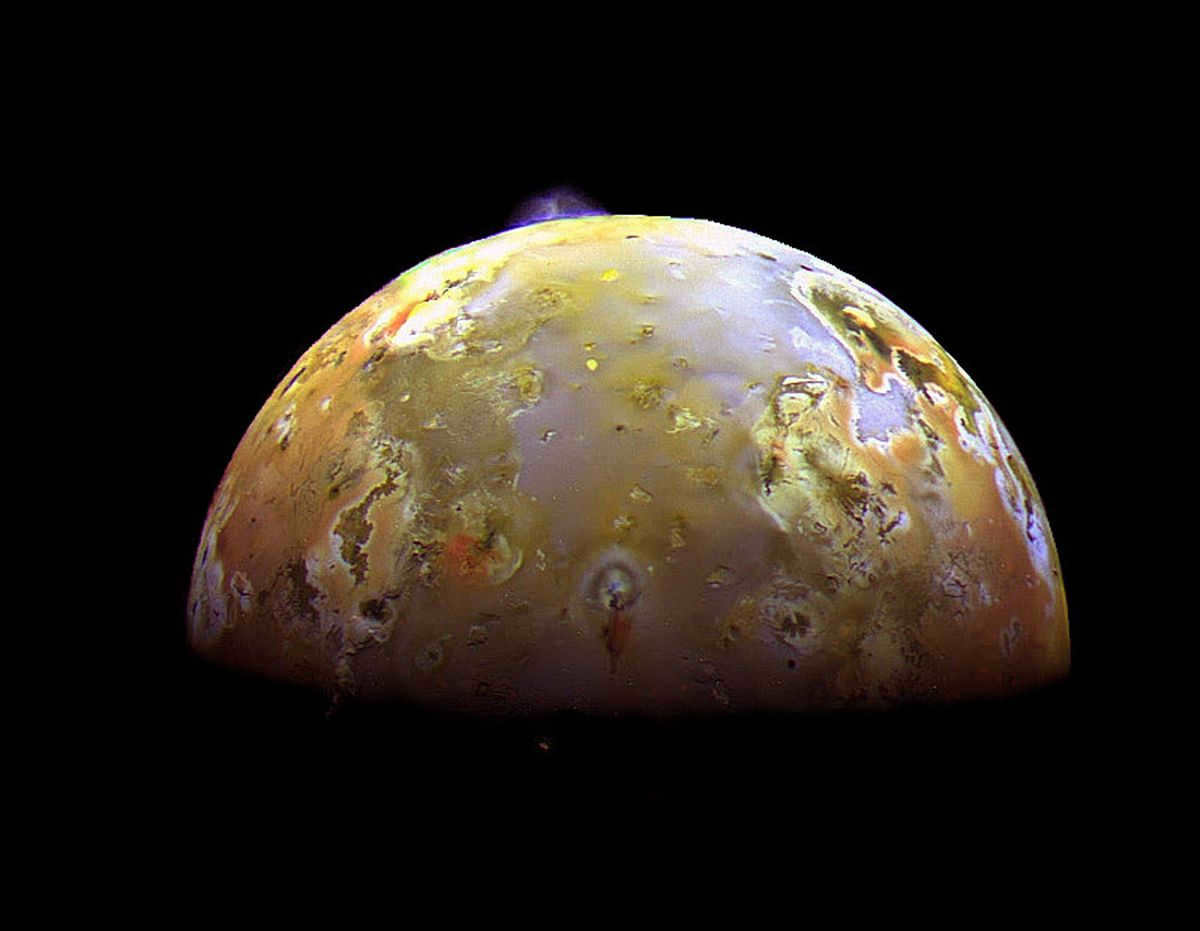
IO / © NASA
Io
Io, also known as Jupiter I, is the innermost of the four Galilean moons of the planet Jupiter. It is the fourth-largest moon and has the highest density of all the moons in the Solar System. Io was discovered in 1610 by Galileo Galilei and was named after the mythological character Io, a priestess of Hera who was seduced by Zeus. Io is known for its active volcanoes, with hundreds of active volcanic sites identified on its surface. These volcanoes are caused by tidal heating from Jupiter’s gravitational pull and result in the dramatic landscape of Io, which is covered in colorful sulfur and sulfur dioxide deposits. The intense volcanic activity also creates a thin atmosphere of sulfur dioxide, which can sometimes be seen in the form of plumes rising from the surface. Io’s volcanic activity and its interactions with Jupiter’s magnetic field also generate intense radiation belts around the moon, making it a hazardous environment for spacecraft. Despite these challenges, several missions have been sent to study Io, including the Galileo spacecraft, which orbited Jupiter from 1995 to 2003 and provided detailed observations of Io’s volcanic activity. Future missions, such as the Europa Clipper, are also planned to explore Io and the other moons of Jupiter in more detail.
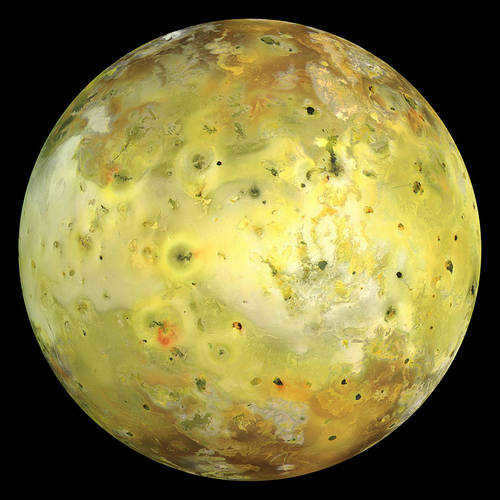
Io, the third largest moon of Jupiter and the fourth largest in our solar system, boasts a diameter of 3,643 kilometers. This celestial body was initially spotted by Galileo Galilei back in 1610. It is renowned for its remarkable volcanic activity, rivaling even that of Earth. The surface of Io is predominantly made up of floodplains consisting of liquid rocks and lava lakes. Positioned approximately 422,000 kilometers away from Jupiter, Io completes its orbit around the planet in just 1.77 Earth days. When observed, the moon exhibits a distinct speckled appearance, showcasing a mesmerizing array of white, red, yellow, black, and orange hues. Sulfur dioxide dominates the atmosphere of Io. The moon itself derives its name from a nymph in Greek mythology who was enticed by Zeus. Below Io’s surface lies an iron core, enveloped by an outer layer comprised of silicates.
Engaging Information about the Most Fascinating Satellites
Charon, depicted in an image captured by the New Horizons probe
Amongst the captivating natural satellites orbiting planets in our solar system, Charon stands out as an intriguing example. Charon is a natural satellite of Pluto and is so sizeable in comparison to its host that numerous astronomers regard the two celestial bodies as a dual dwarf planet. In fact, Pluto is merely twice the size of its accompanying natural satellite.
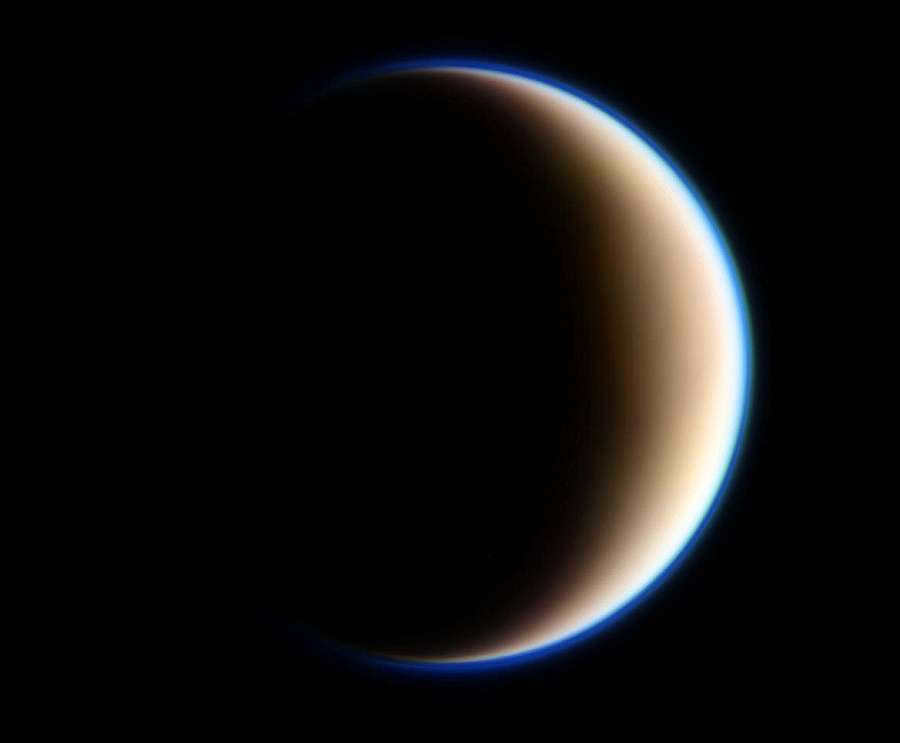

Titan, Saturn’s natural satellite, has captured the attention of astronomers due to its unique characteristics. While most natural satellites in our solar system consist mainly of ice, rock, or a combination of both, Titan stands out with its dense atmosphere and vast lakes of liquid hydrocarbons.
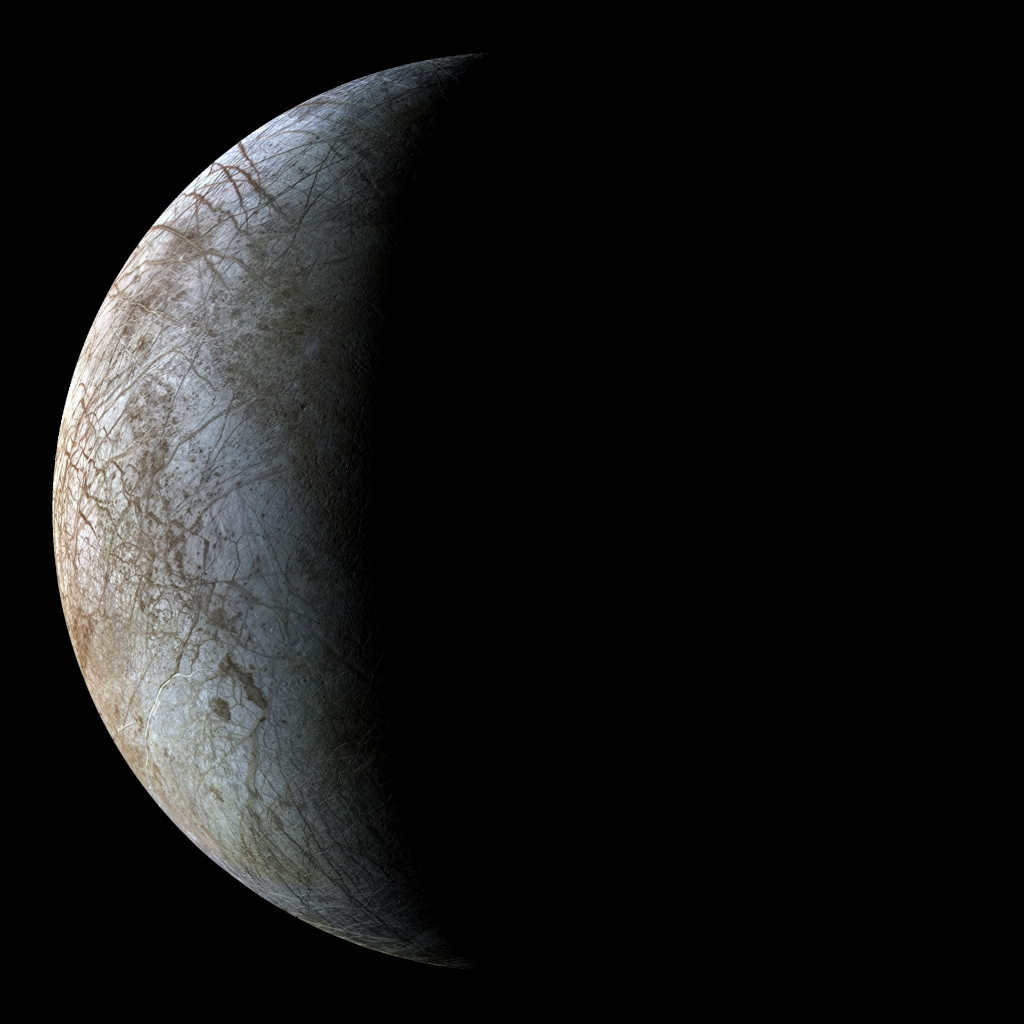

Image of Europa, Jupiter’s natural satellite
Europa, one of Jupiter’s natural satellites, offers scientists the possibility of discovering extraterrestrial life. It is believed that beneath the thick layer of ice covering the satellite lies an ocean similar to Earth’s, complete with thermal springs. Since deep-sea life forms on Earth have been found to originate from these springs, it is hypothesized that similar life forms may exist on Europa as well.
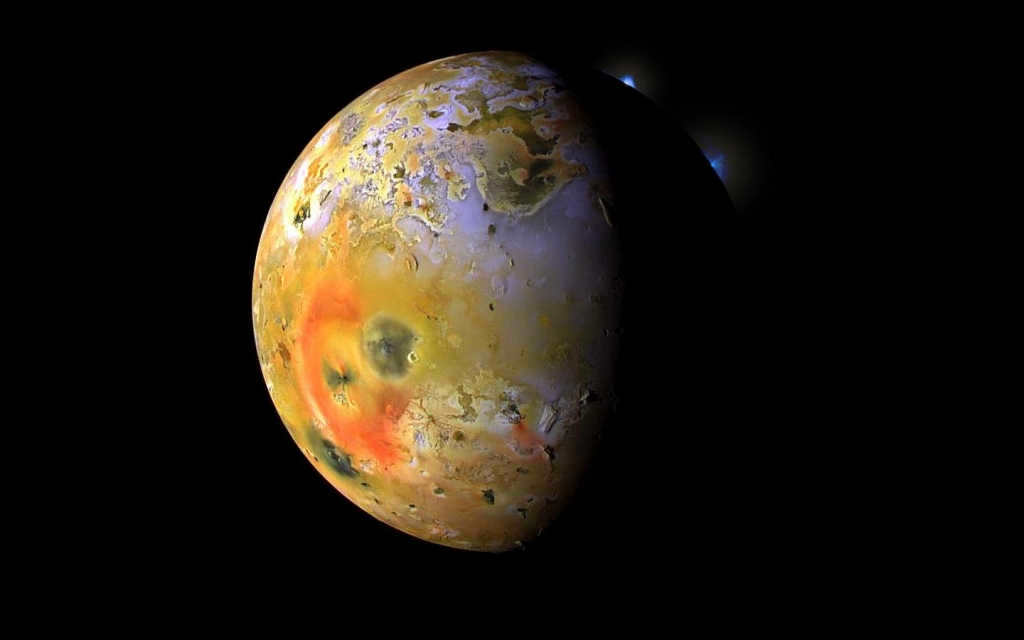
Jupiter has a fascinating moon named Io. Io is the solitary moon in the solar system where scientists initially observed active volcanoes. This makes it an intriguing subject for space researchers.
Additional significant satellites
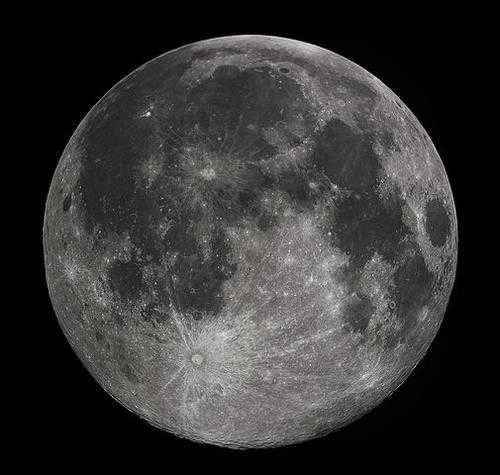
There are several other notable satellites in our solar system. For instance, we have the Moon, which has a diameter of 3,475 km and orbits around the Earth. Jupiter has a moon called Europa, which is slightly smaller with a diameter of 3,122 km. Neptune has a moon named Triton, measuring 2,707 km in diameter. Uranus has two significant satellites, Titania with a diameter of 1,578 km and Oberon with a diameter of 1,523 km. Saturn also has a moon called Rhea, which is slightly smaller with a diameter of 1,529 km.
These satellites provide valuable insight into the dynamics and composition of their respective planets. While most observations of these satellites are made from Earth, scientists have developed advanced technology that allows them to send spacecraft to different parts of the solar system. This enables them to gather even more data and learn more about the planets and their satellites.
The highest volcano in the entire solar system
The highest volcanoes found in the solar system can be found on Mars, and they are known as shield volcanoes. Out of all the shield volcanoes on Mars, the tallest one is Mount Olympus. Standing at an impressive height of 25 kilometers above the surrounding plateau, its peak reaches unparalleled heights. In addition to its towering peak, Mount Olympus also boasts a base diameter of nearly 550 km. Comparatively, the Hawaiian Islands on Earth only rise a mere 10 km from the ocean floor. Shield volcanoes on Mars experience a gradual increase in height, which is a result of repeated eruptions from the same vent. Interestingly, shield volcanoes on Mars are considerably larger than their counterparts on Earth. The reason behind this intriguing difference remains unknown.
While Mars volcanoes are currently inactive, it is likely that they developed before Earth’s volcanoes. Additionally, they have remained active for a significantly longer period compared to any volcano on Earth. In contrast, volcanic hotspots on Earth shift their position over time due to the gradual movement of continental plates. Consequently, there has not been sufficient time to construct an exceptionally tall volcano on Earth. Furthermore, the lower gravity on Mars permits material to erupt from within, resulting in the formation of much taller structures that are able to withstand their own weight.
Table: Top 10 largest satellites in the solar system
| Position | Satellite, Celestial Body | Average Size |
| 1 | Ganymede, Jupiter | 5262 km |
| 2 | Titan, Saturn | 5150 km |
| 3 | Callisto, Jupiter | 4821 km. |
| 4 | Io, Jupiter | 3643 km |
| 5 | Moon, Earth | 3475 km |
| 6 | Europa, Jupiter | 3122 km |
| 7 | Triton, Neptune | 2707 km |
| 8 | Titania, Uranus | 1578 km |
| 9 | Rhea, Saturn | 1529 km |
| 10 | Oberon, Uranus | 1523 km |
The tiniest moon with a precisely known size is Hippocampus, the satellite of Neptune, measuring approximately 8 kilometers. Leda, the satellite of Jupiter, is a potential competitor to Deimos, with an estimated diameter of around 10 km. Determining the sizes of other small satellites orbiting the outer planets is challenging, as they can only be observed as singular points. Approximations of their size rely on the degree of their surface reflectivity.
Estimates suggest that some of the recently discovered satellites orbiting Jupiter and Saturn have diameters of just a few kilometers. Deimos, along with Mars’ other moon, Phobos, as well as the majority of the newly discovered moons surrounding the gas giants, are believed to be asteroids captured by the planets. Both of Mars’ moons have surfaces that are extremely dark, reflecting only a small portion of the light that reaches them. These moons bear a resemblance to the asteroids commonly found in the outer asteroid belt and the group of Trojan asteroids that accompany Jupiter. It is possible that Leda, too, is an asteroid that has been captured by Jupiter and is now in orbit around the planet.
The most frigid location in the planetary system
The lowest recorded temperature on any celestial body within our solar system is found on one of Neptune’s satellites, Triton. Based on data collected by Voyager 2, the surface temperature was measured at -235 ° C, a mere 38 ° C above absolute zero. It is highly likely that Pluto’s surface temperature is similarly extreme. However, at present, we can only estimate this from our vantage point on Earth.





